Product Description
Dipping belts have been used for many years and have stood the test of time!
As the name suggests, you can use a dipping belt for dips, which is a great workout for the chest and triceps, but is also suitable for but not limited to pull ups, weighted sumo squats and chin ups.
Dips target your chest, shoulders and triceps. Once you are strong enough to do dips with ease, a dipping belt can make all the difference. With the belt around your waist and the weight between your legs, support your weight on your hands and bend your legs so your feet are off the floor. Bend your arms and descend until your elbows are bent to at least 90 degrees. Push back up and repeat. In terms of loading, start by adding around 10 percent of your body weight to your dipping belt.
Pullups and chin-ups are performed using an overhand, shoulder-width grip or a narrower underhand grip. Both grips work your biceps and latissimus dorsi, or side back muscles. While some exercisers never manage a single rep of this challenging exercise, some workout enthusiasts add extra weight to make this exercise even harder. Wearing your loaded dipping belt, grasp the bar with the appropriate grip and hang with your arms straight, chest up and lower back slightly arched. Bend your arms and pull yourself up until your chin is just above the height of the bar. Slowly return to the starting position and repeat.
Hip belt squats are a hidden gem of lower body training. Serious lifters have been using them for years to build bigger and stronger legs, yet this exercise is still quite unknown due to lack of knowledge and/or a general awkwardness in performing the lift.
What makes hip belt squats unique is that they offer a loaded bilateral squatting pattern without loading the spine, making it an appealing option for working around injuries. Back-pain sufferers often struggle with the spinal compression and shear that comes from axial loading. Hip belt squats circumvent this as the hips and legs take on the brunt of the load.
It also works well for anyone with an upper extremity injury to the shoulder, elbow, wrist, or hand that may struggle to support the bar during back squats, front squats, or Zercher squats.






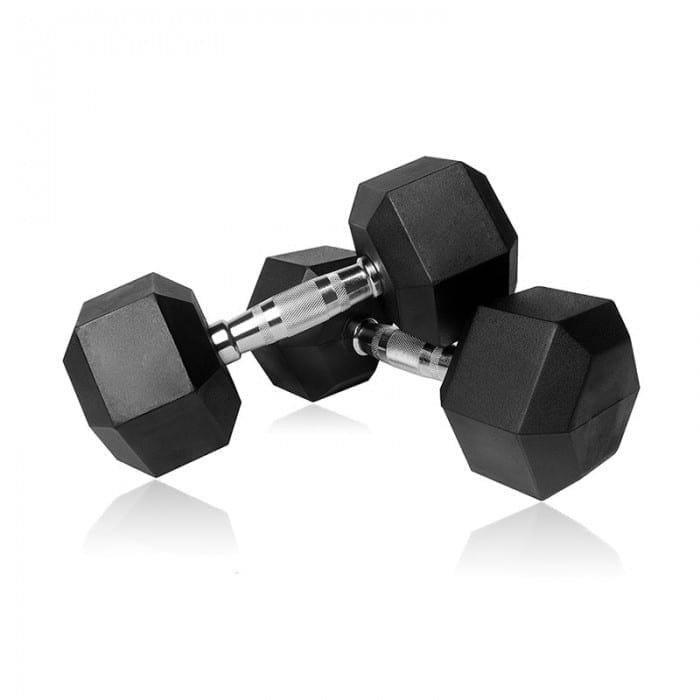


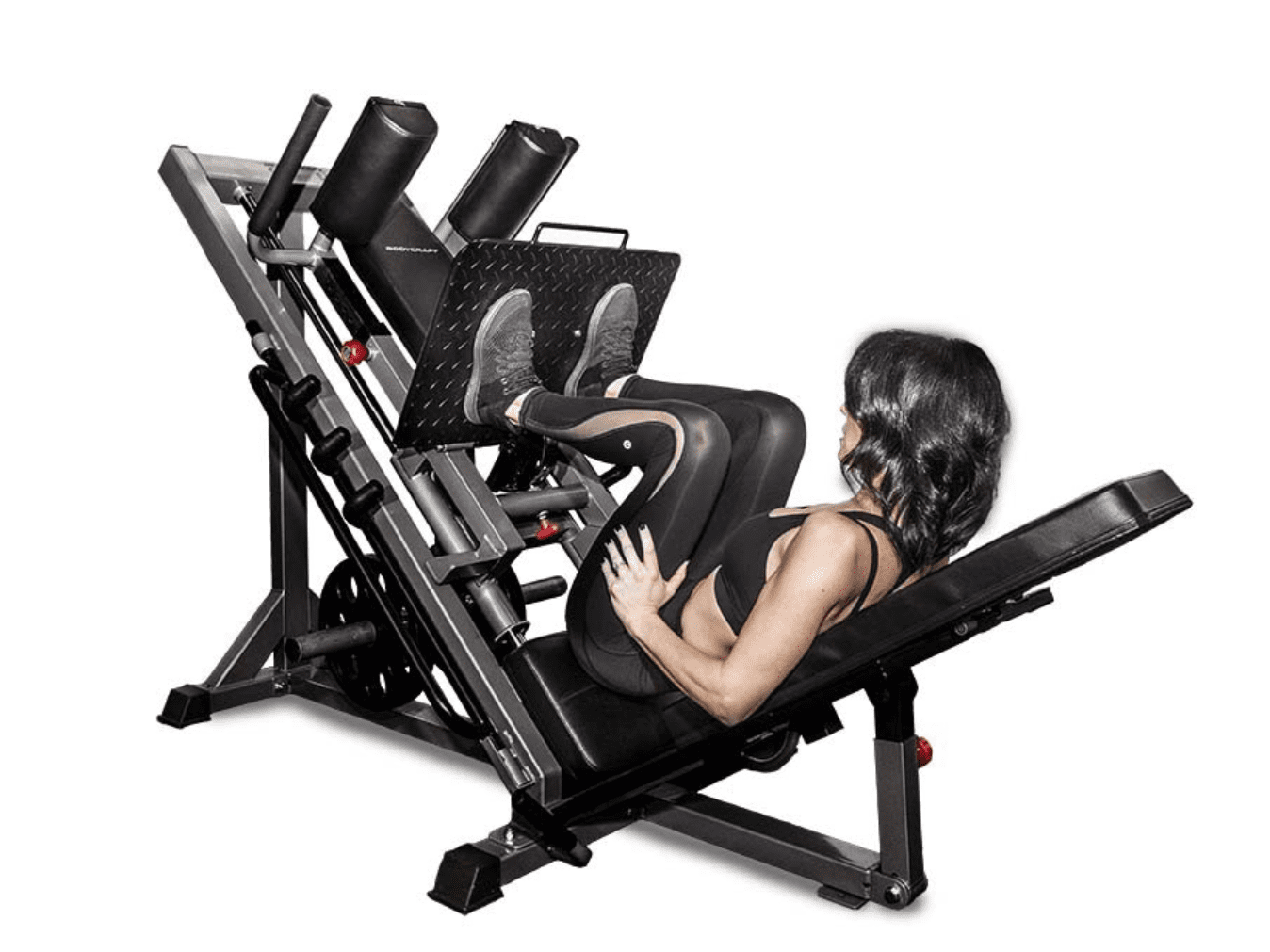


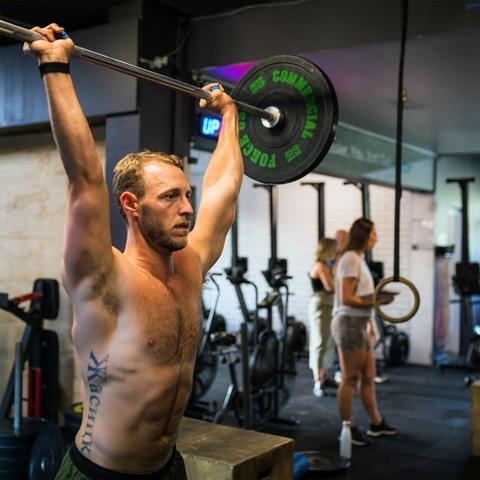


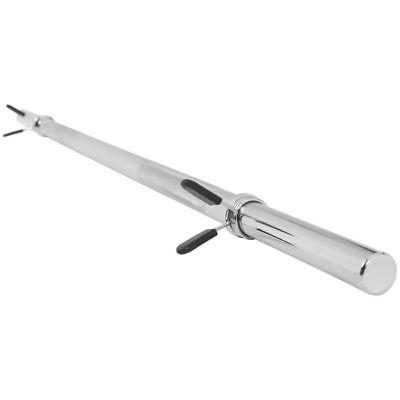


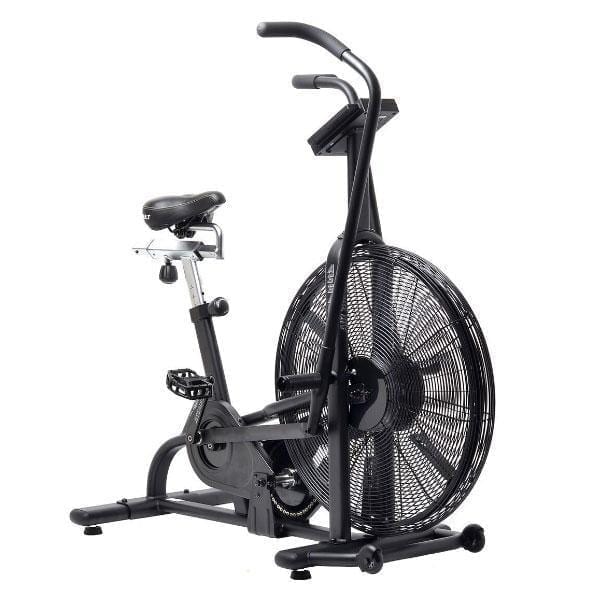
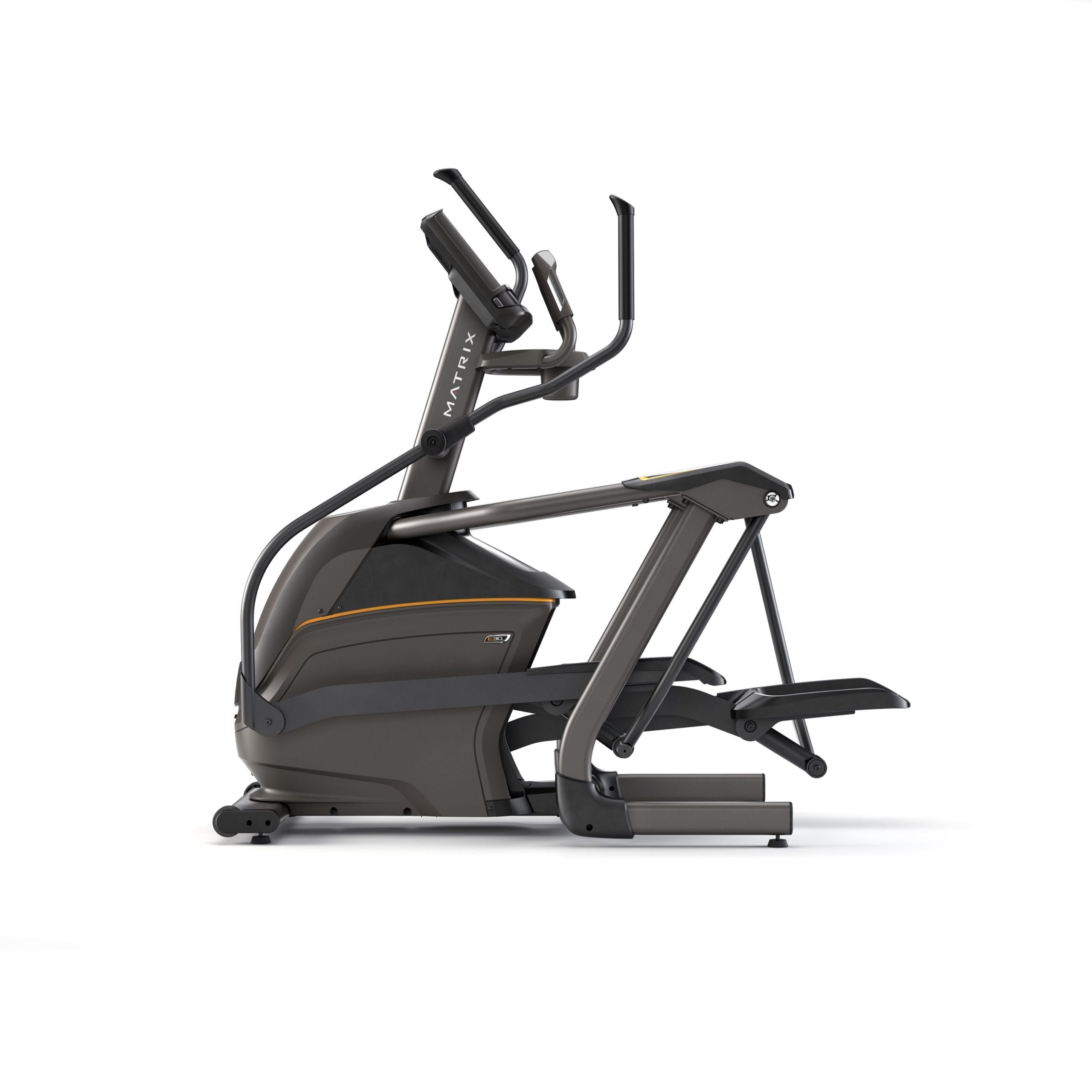


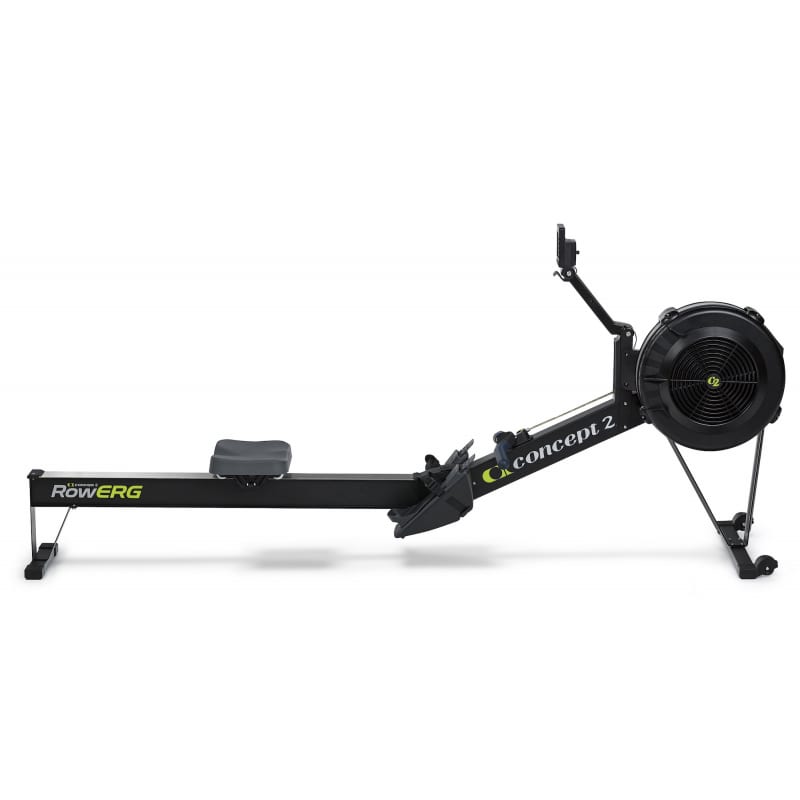



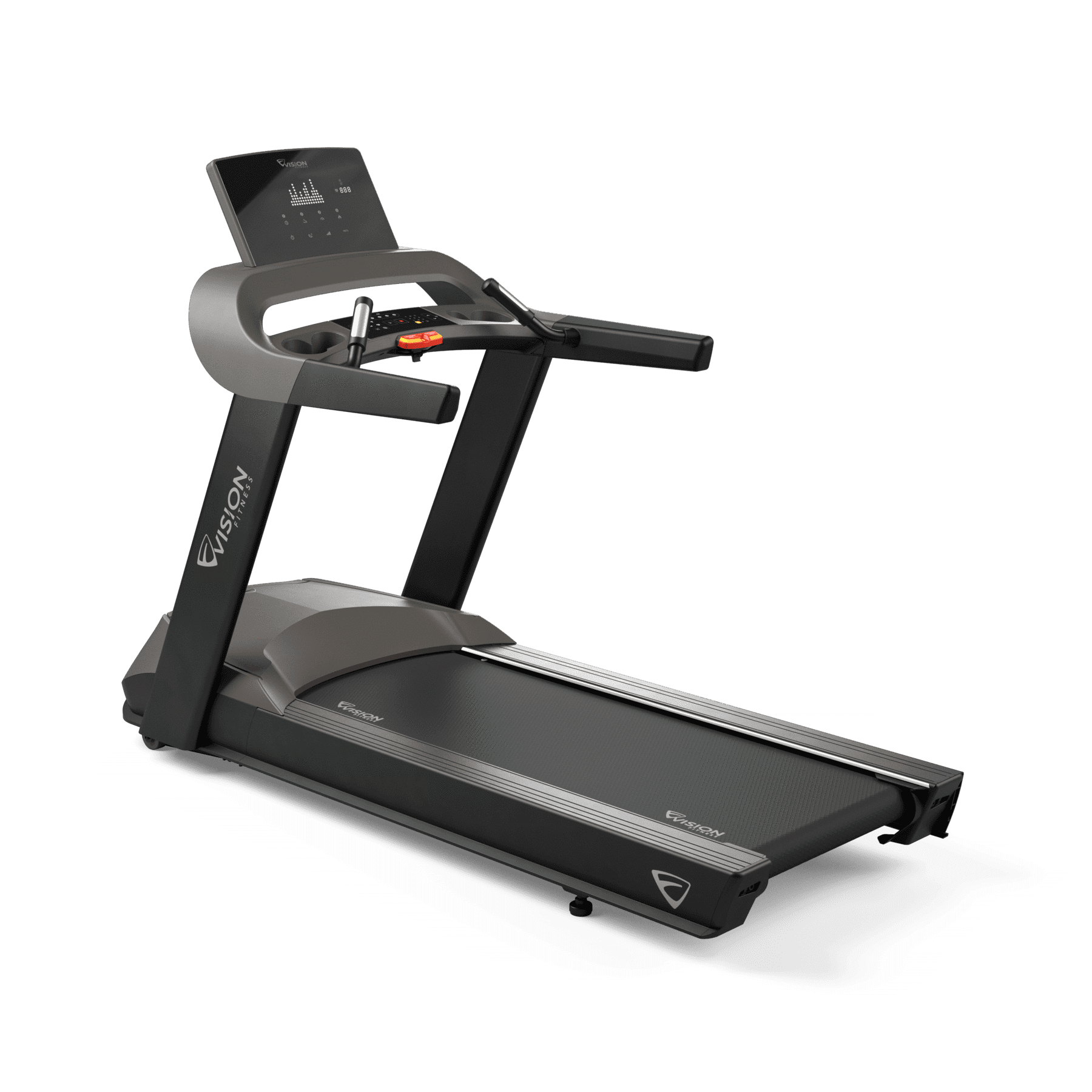
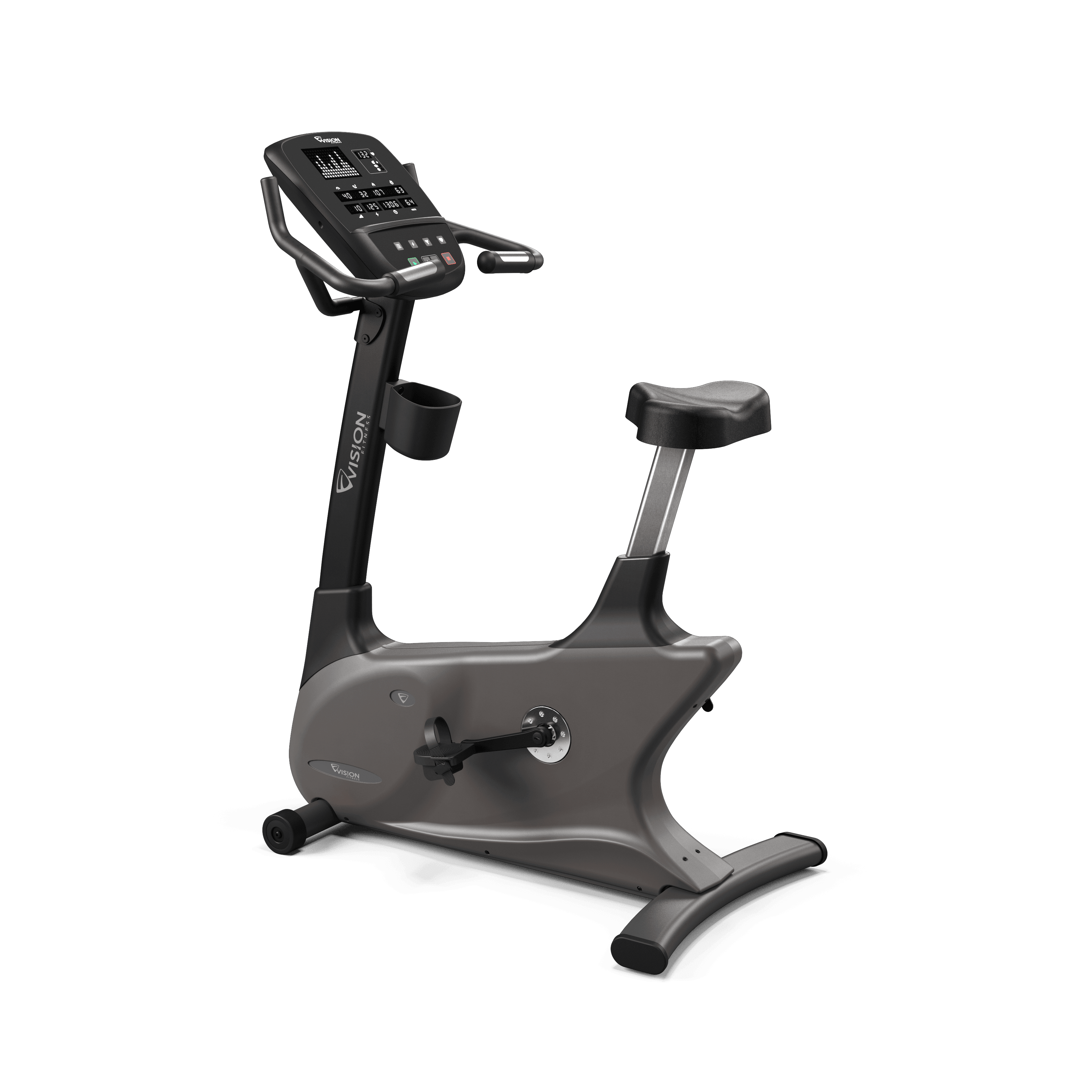


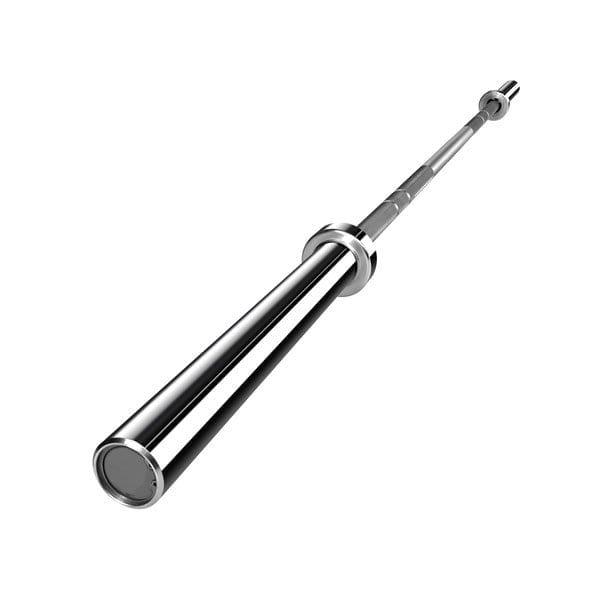
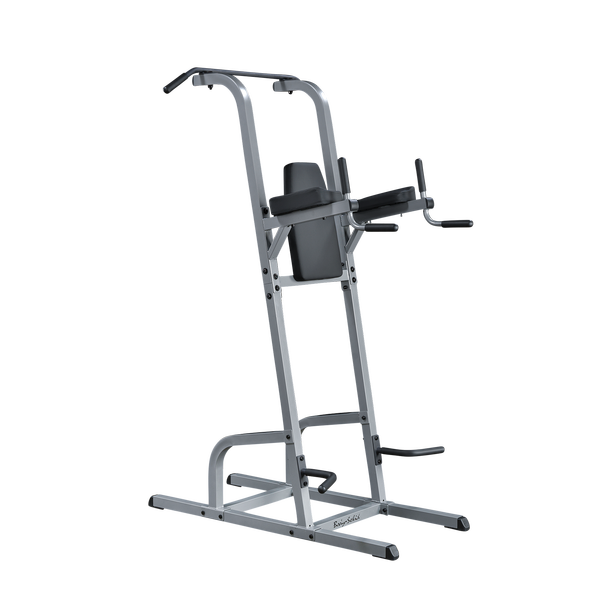

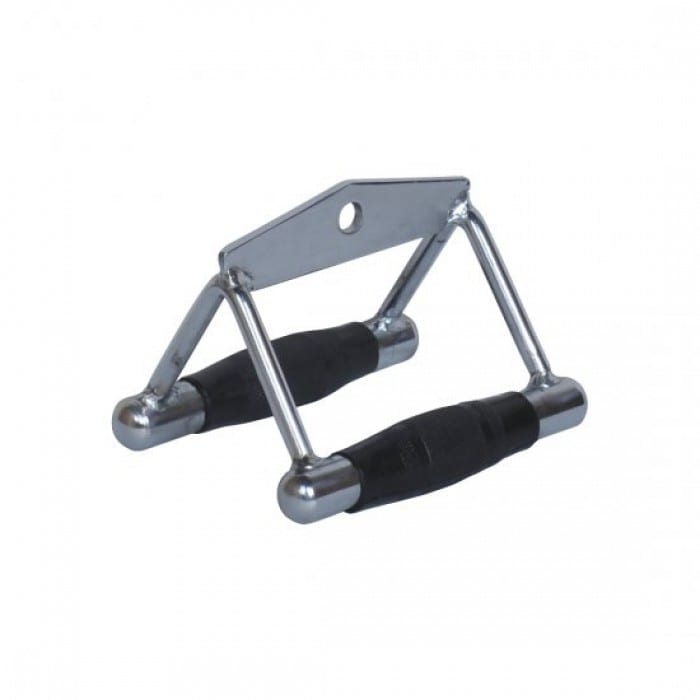
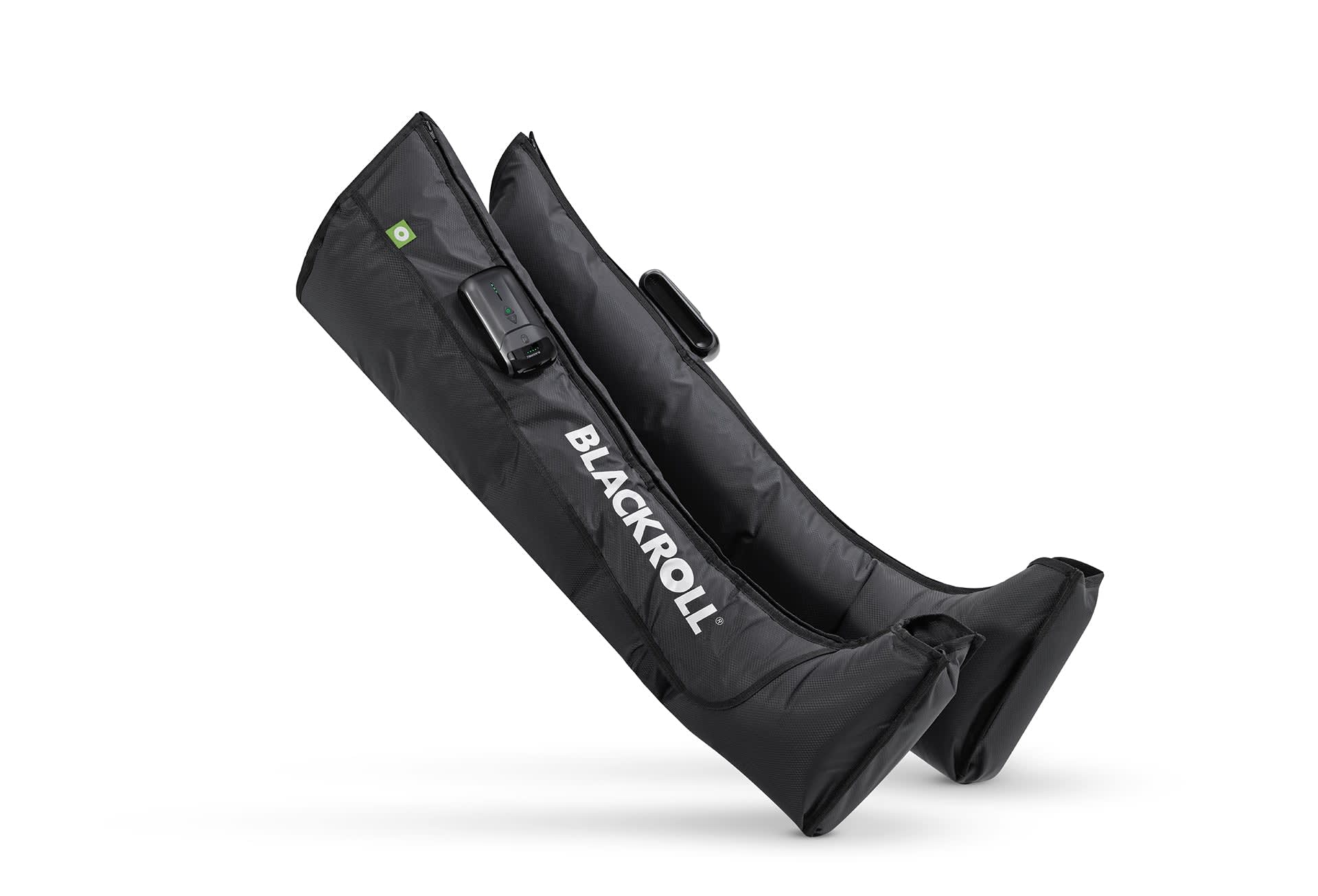
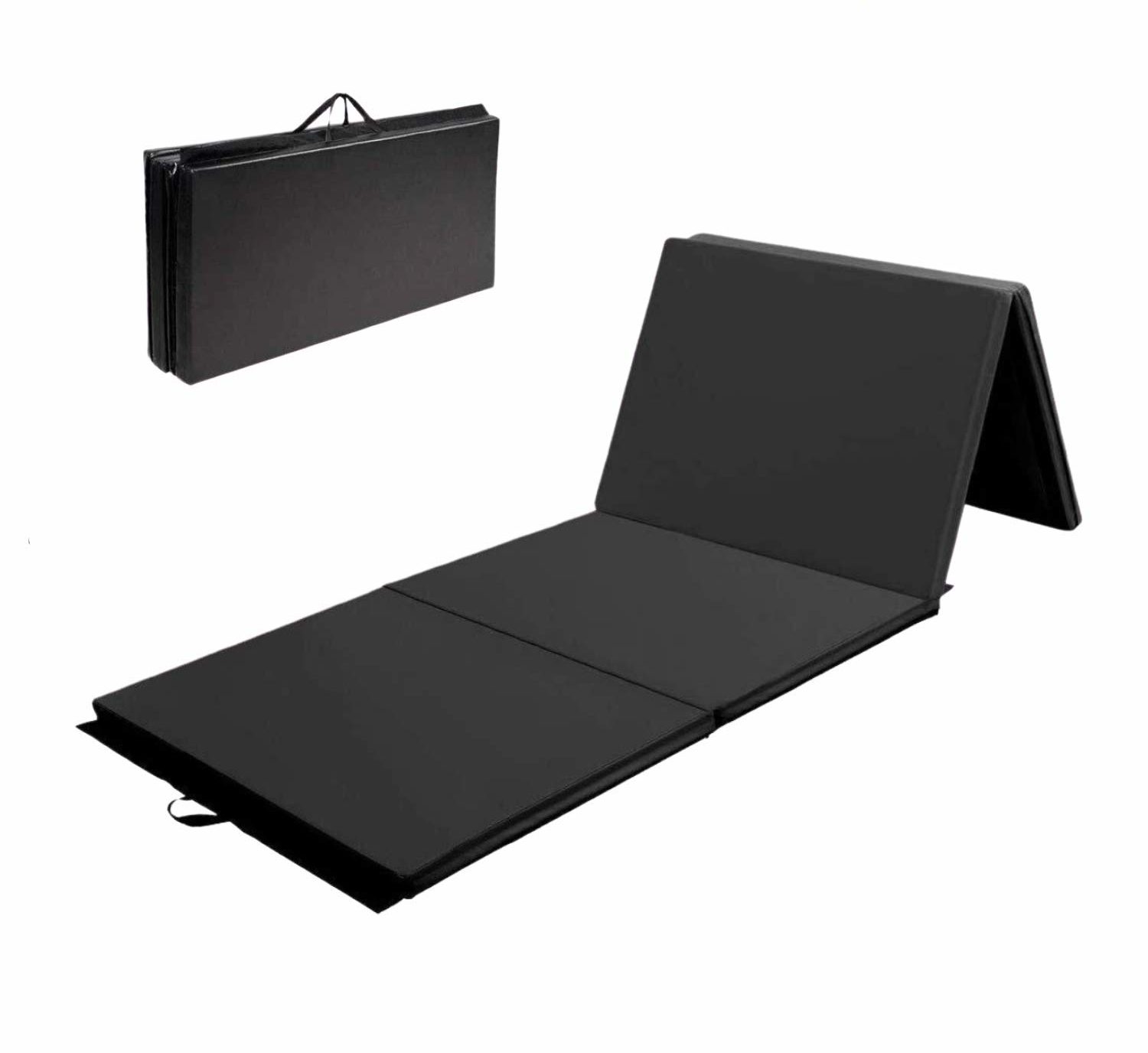
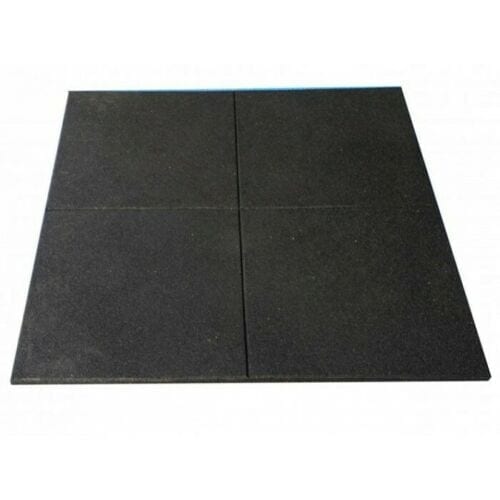

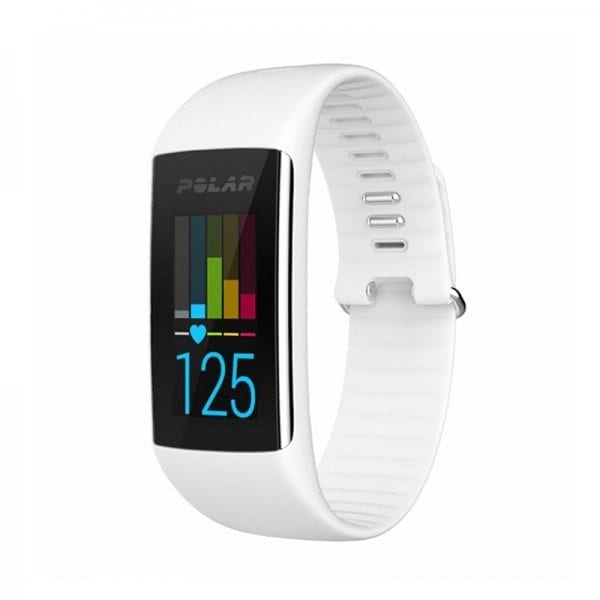
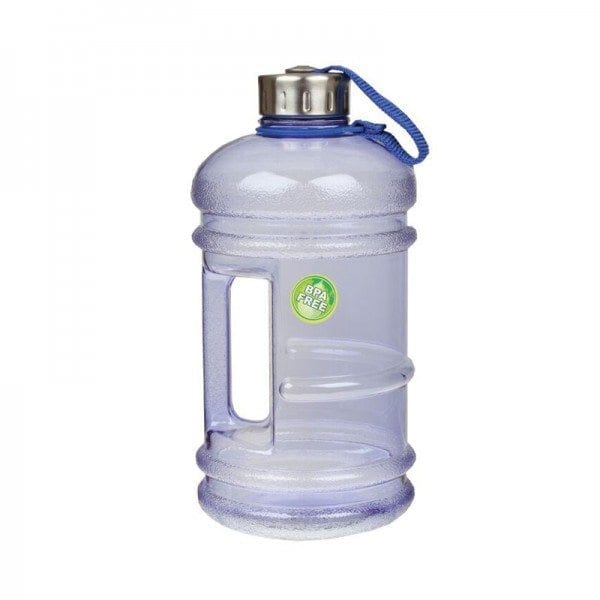
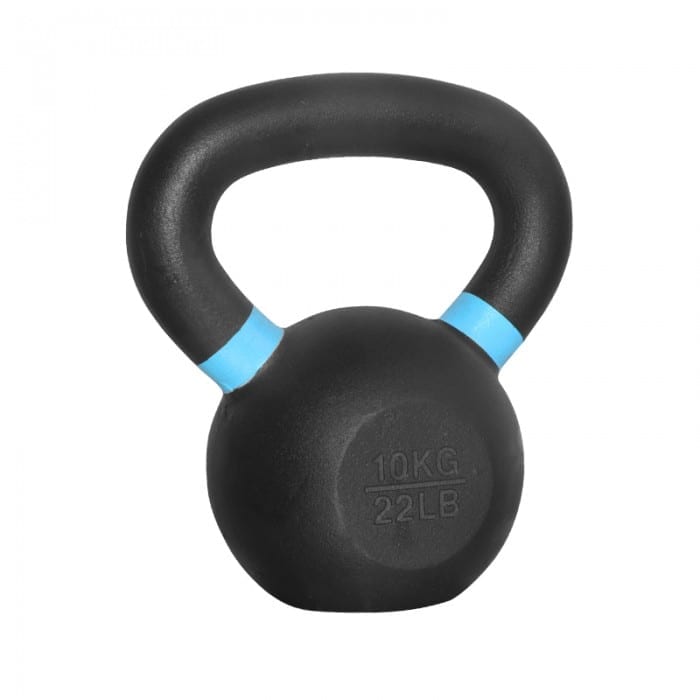
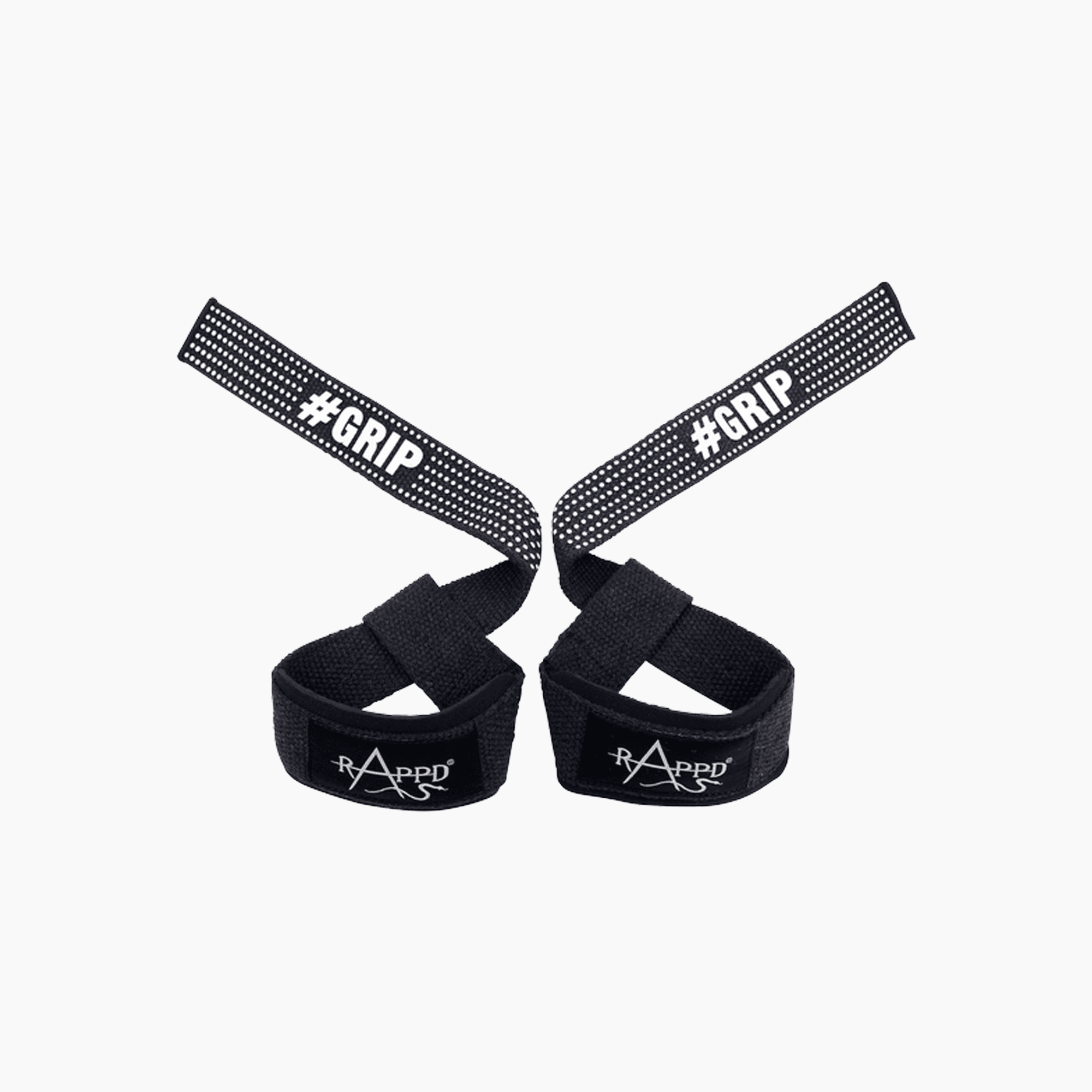

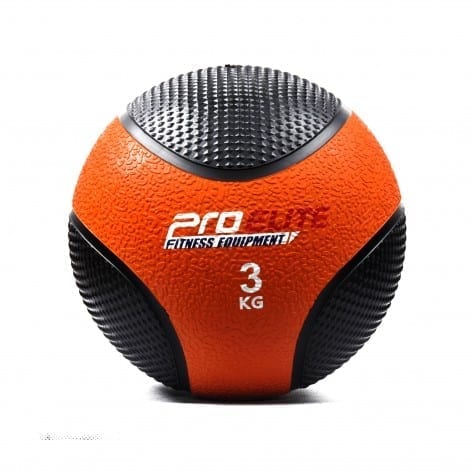
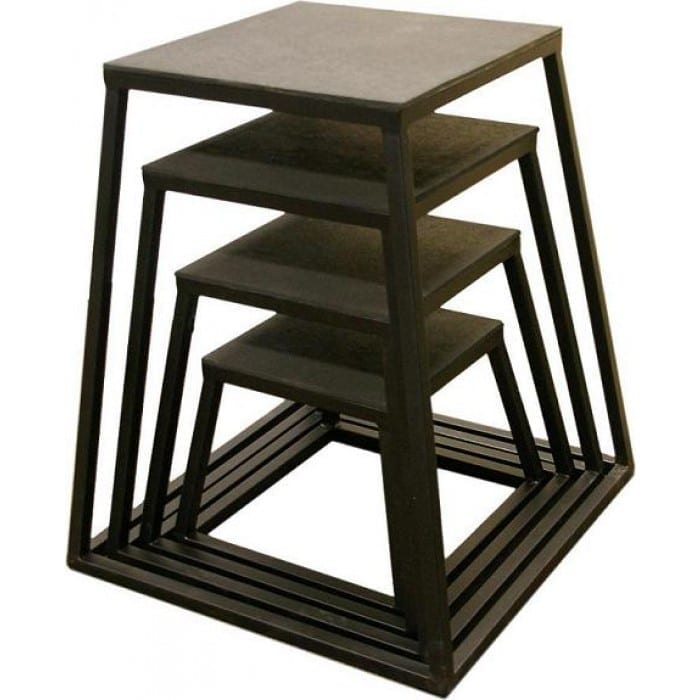
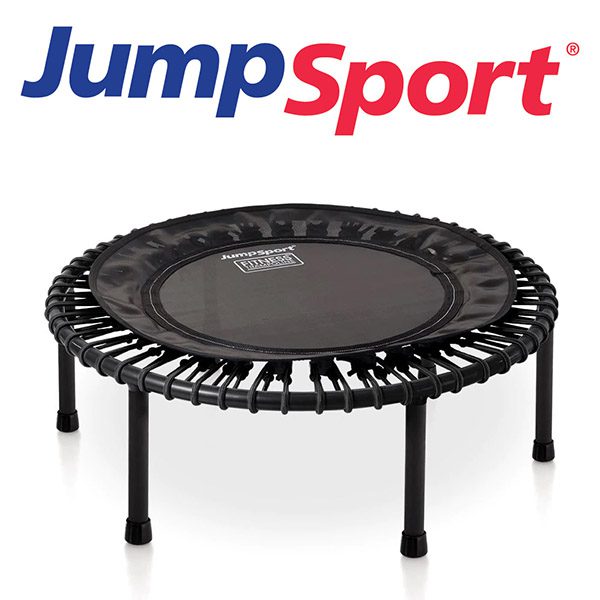
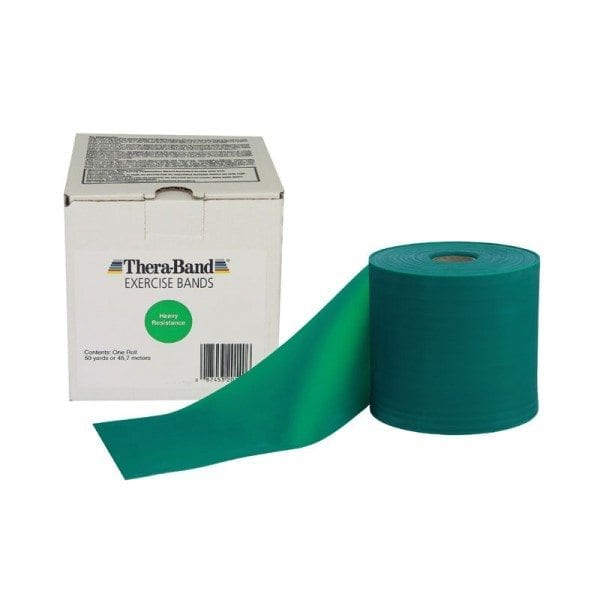
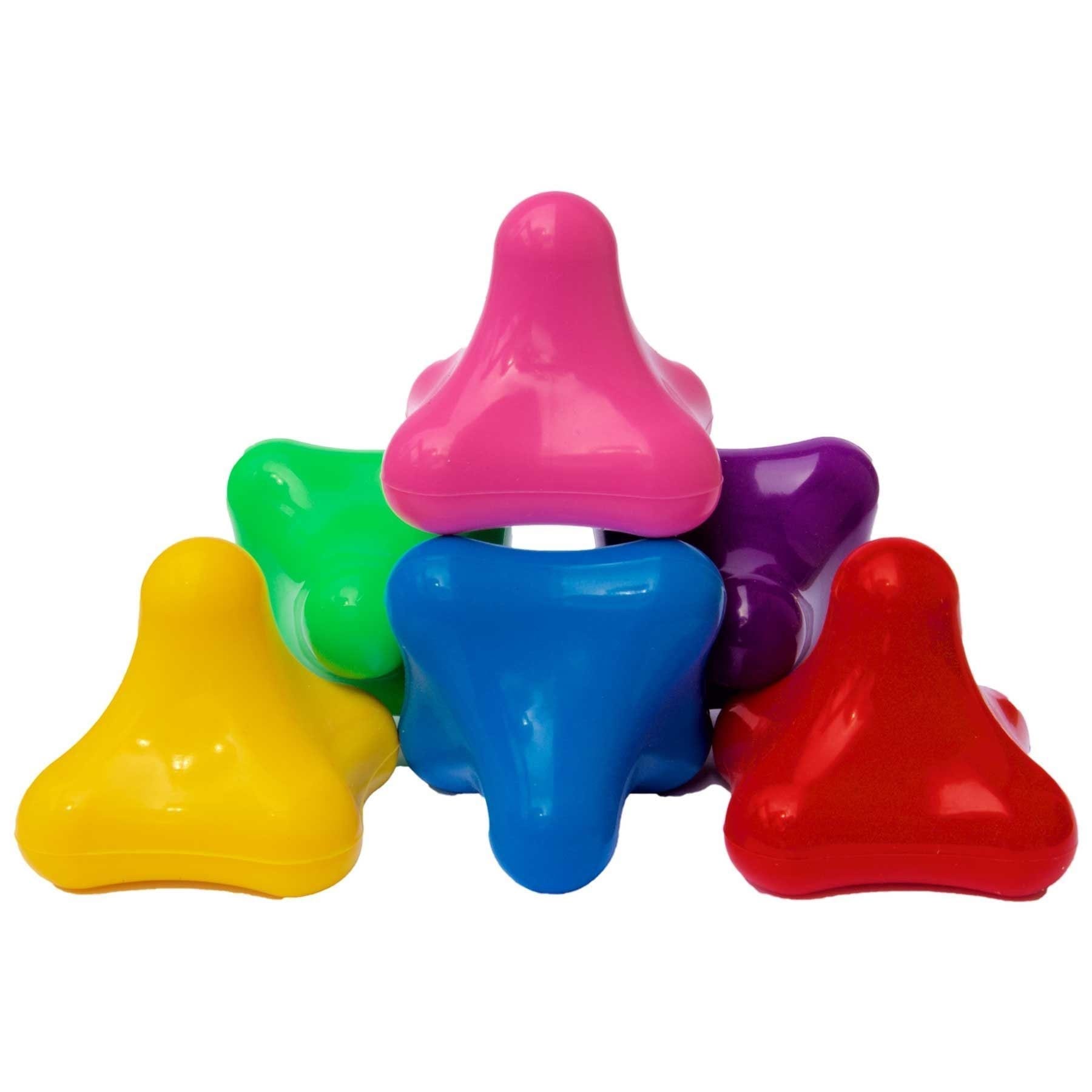
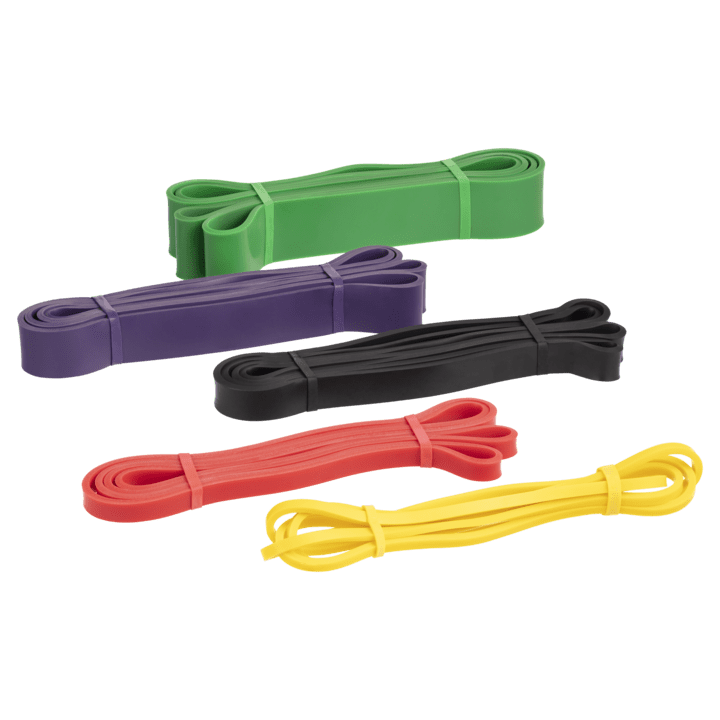

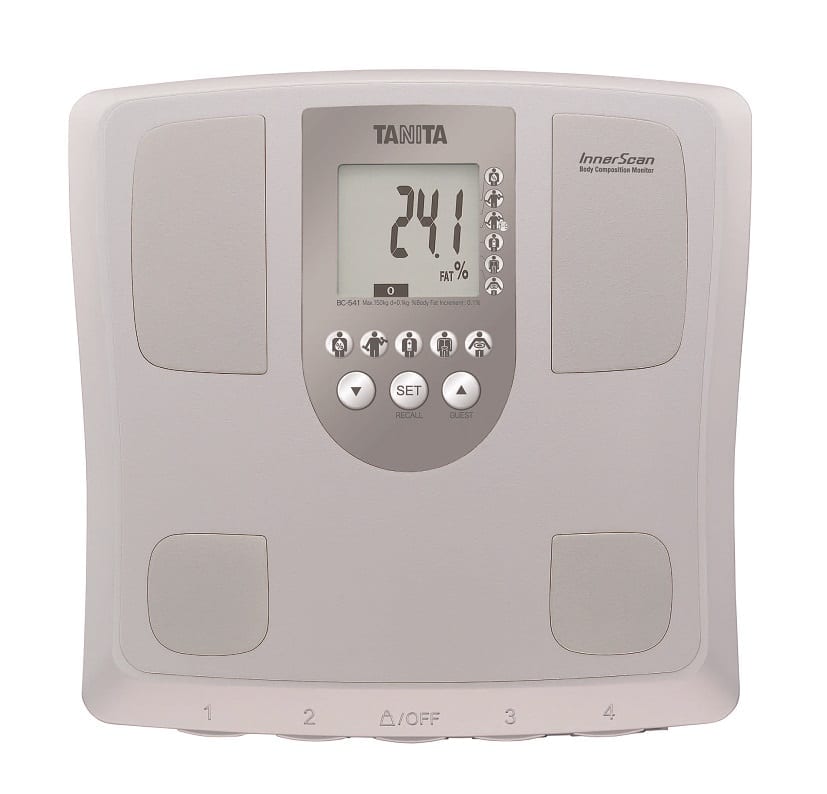
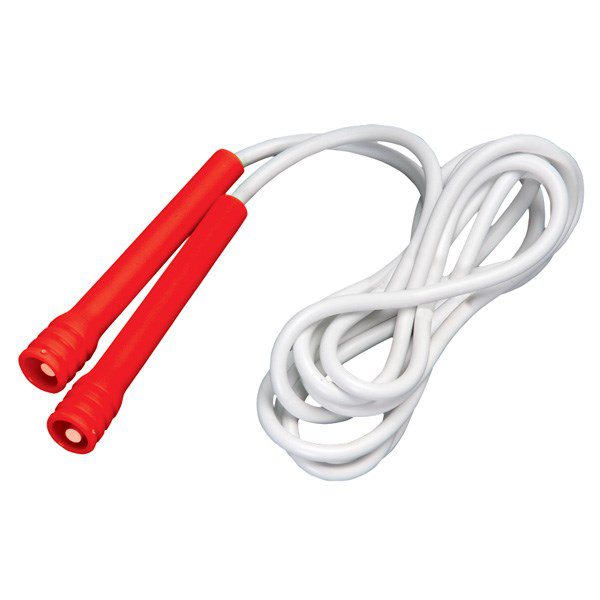
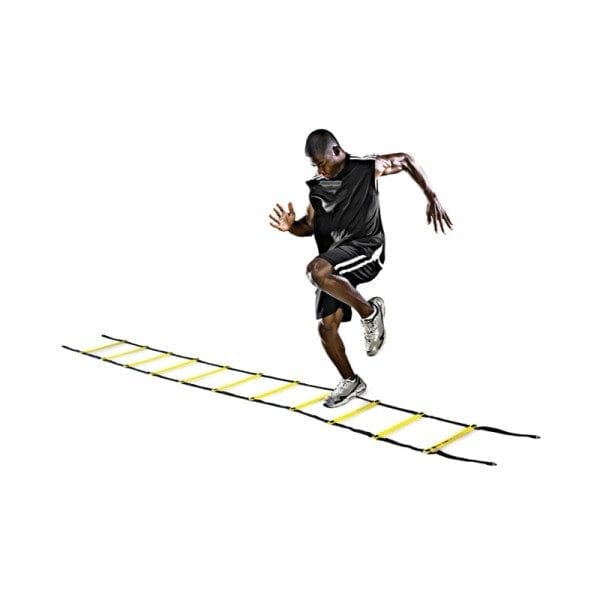
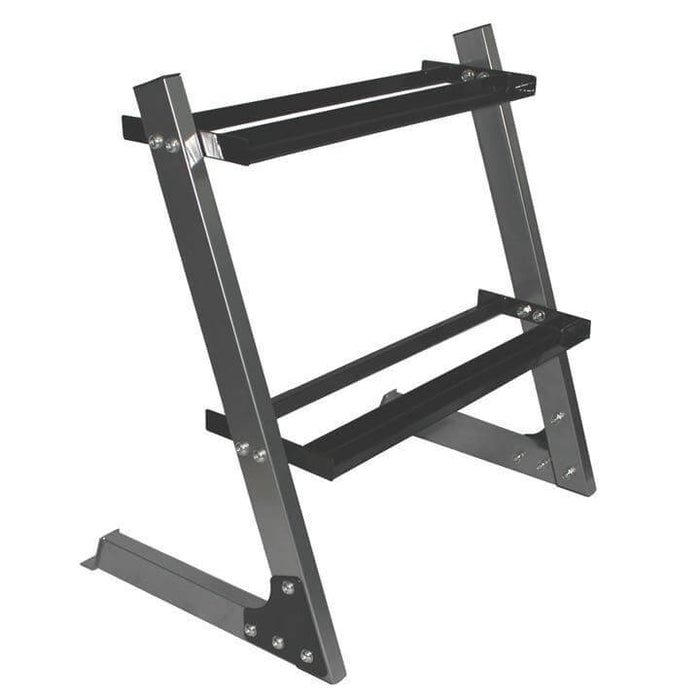
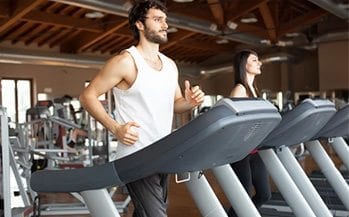
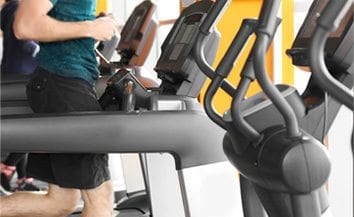
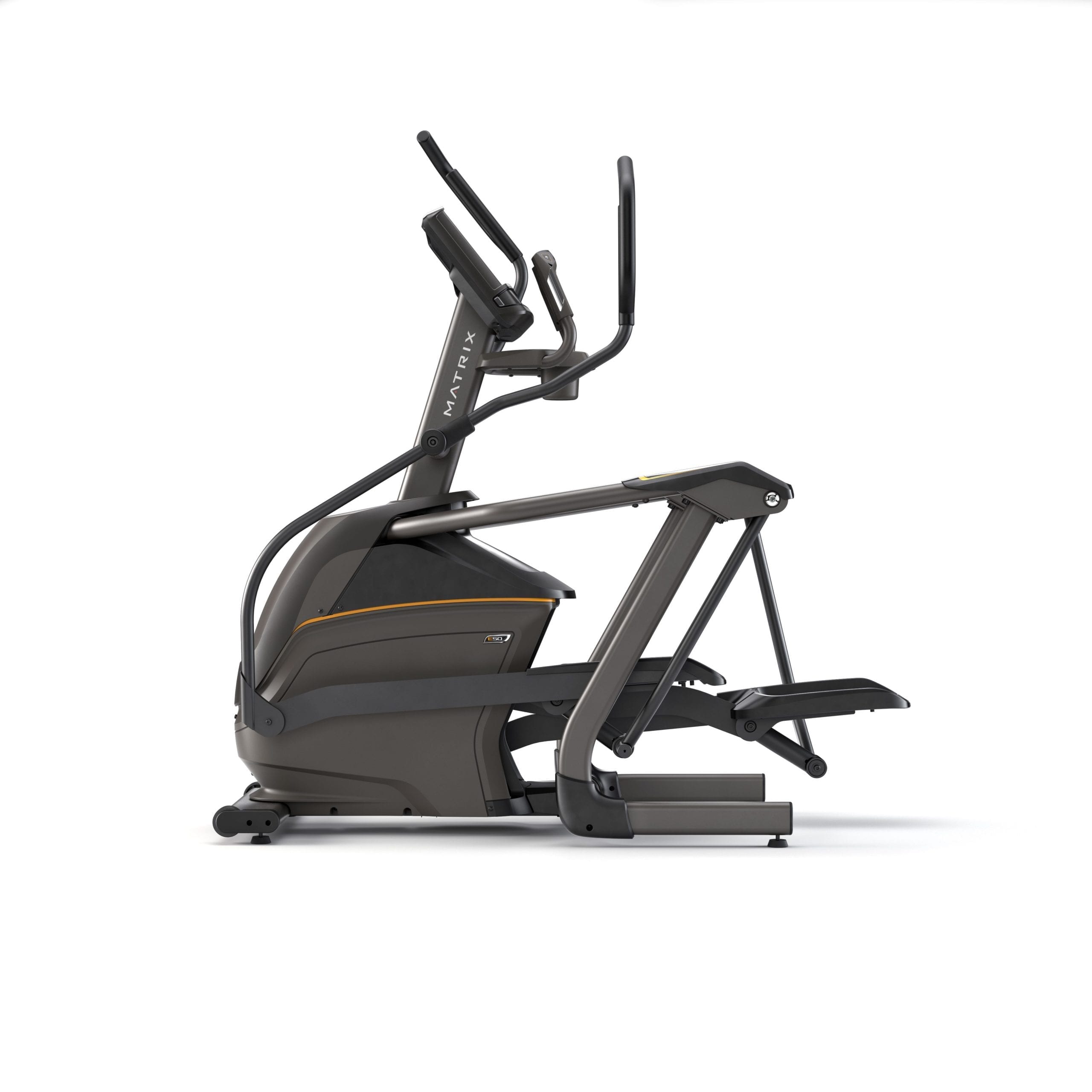
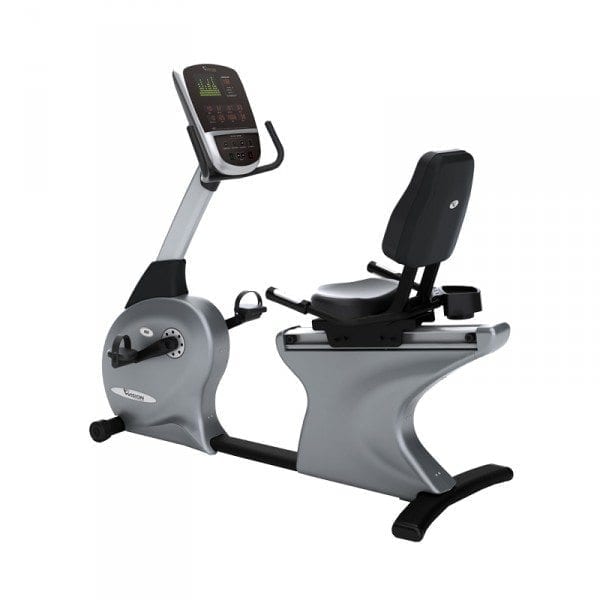
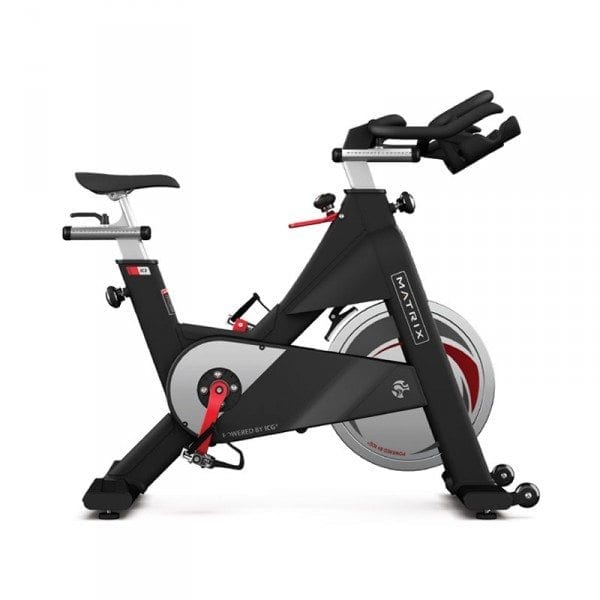
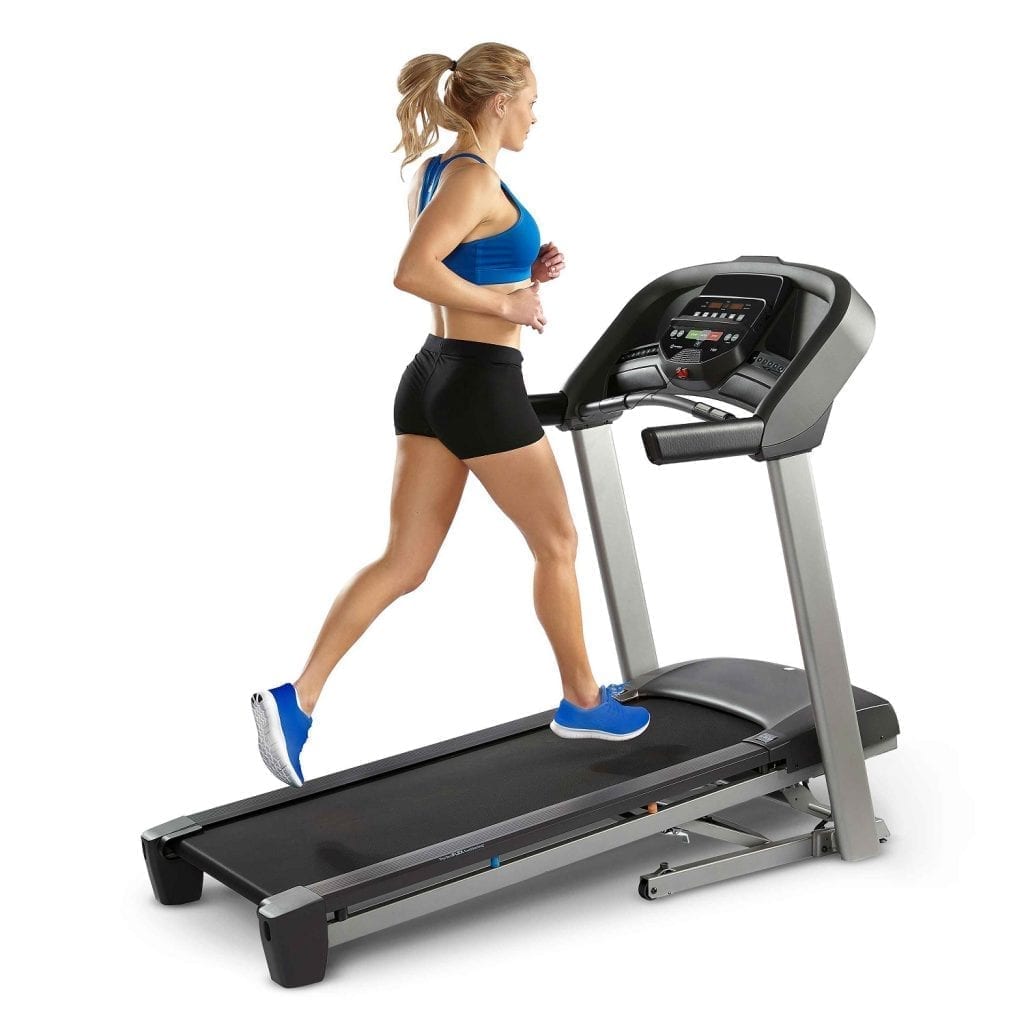
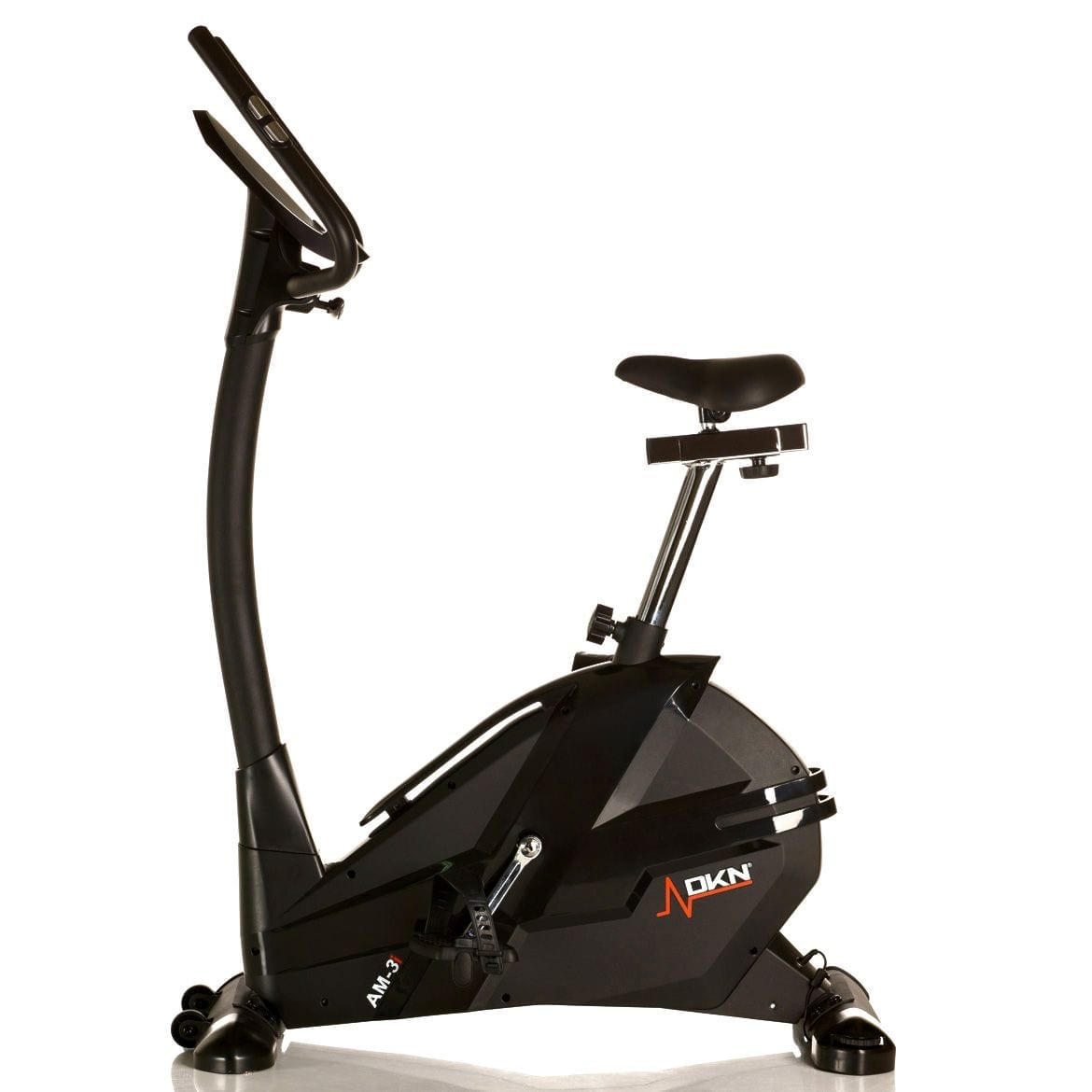
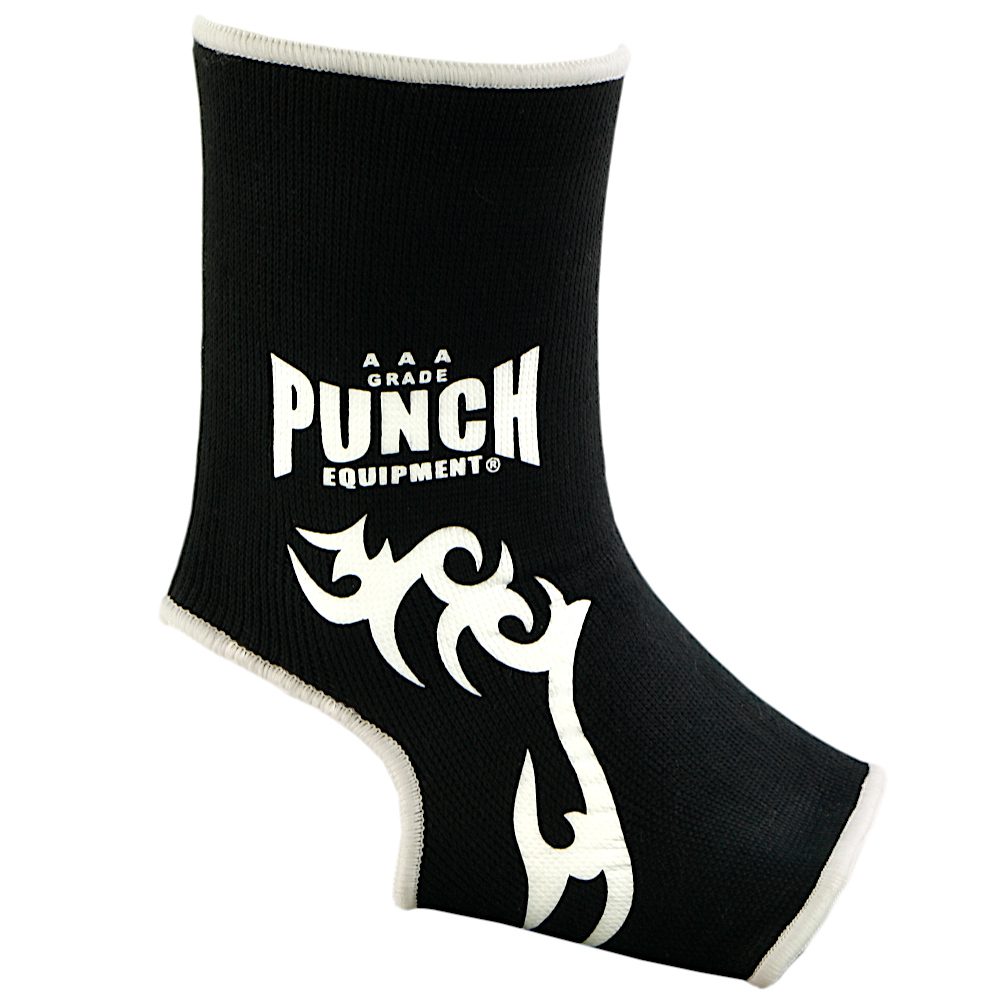
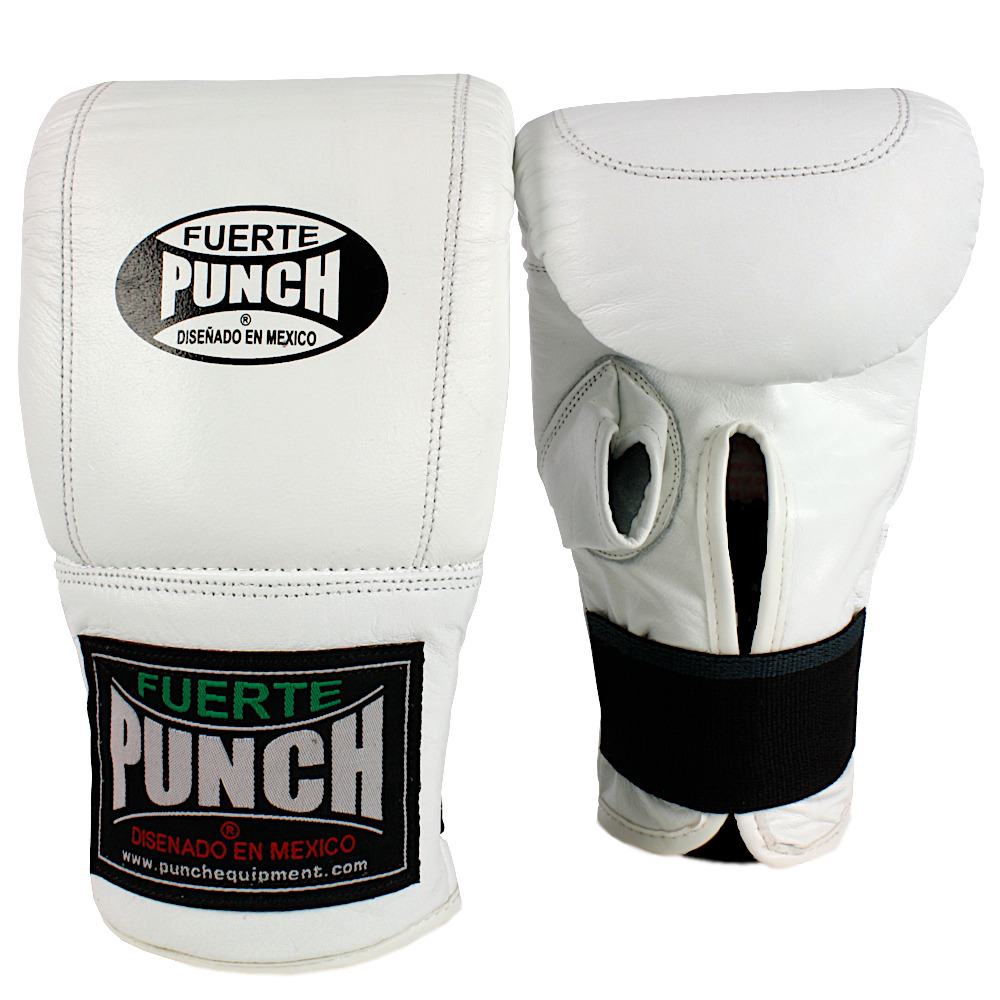
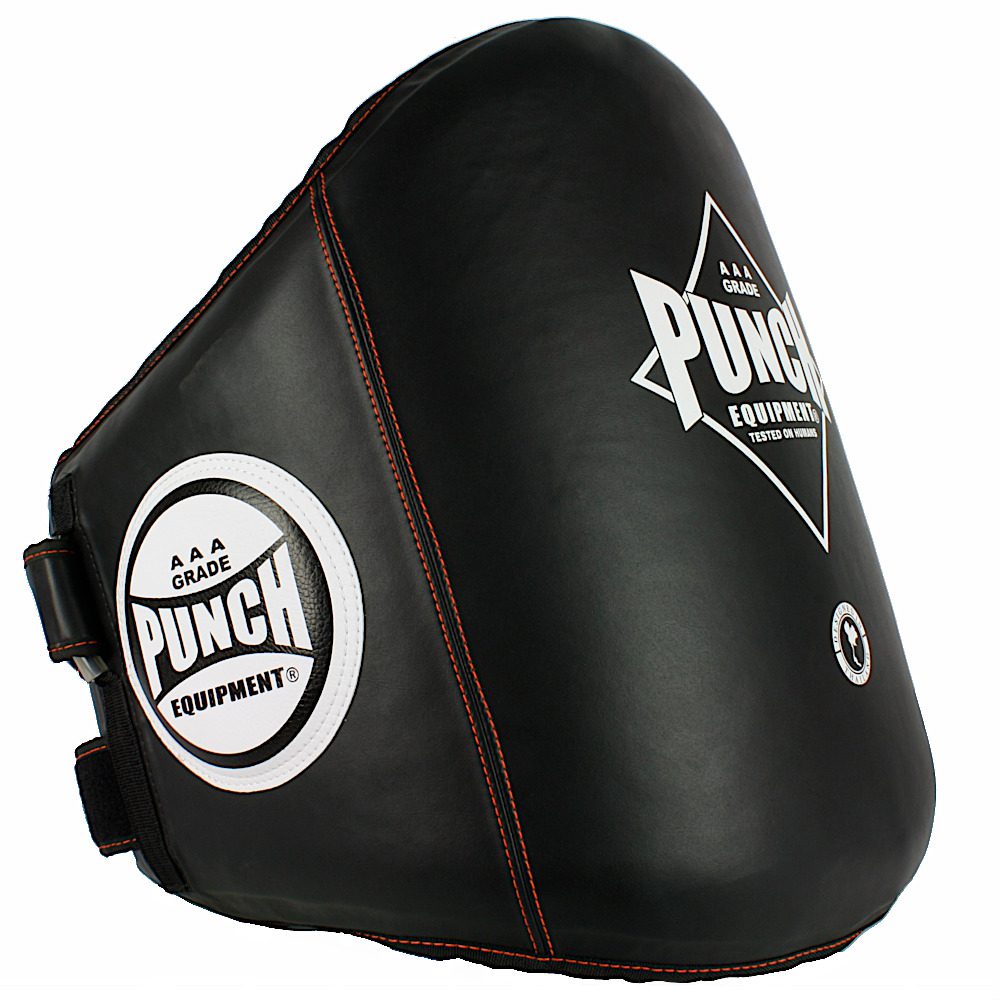
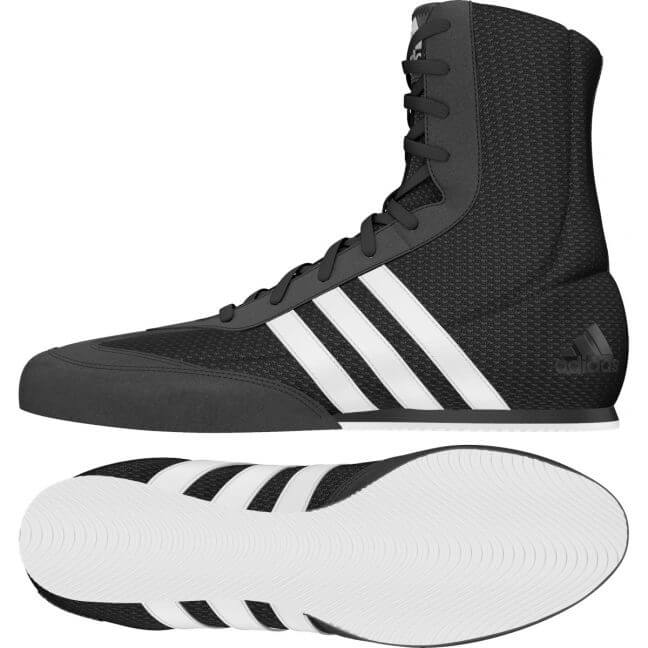
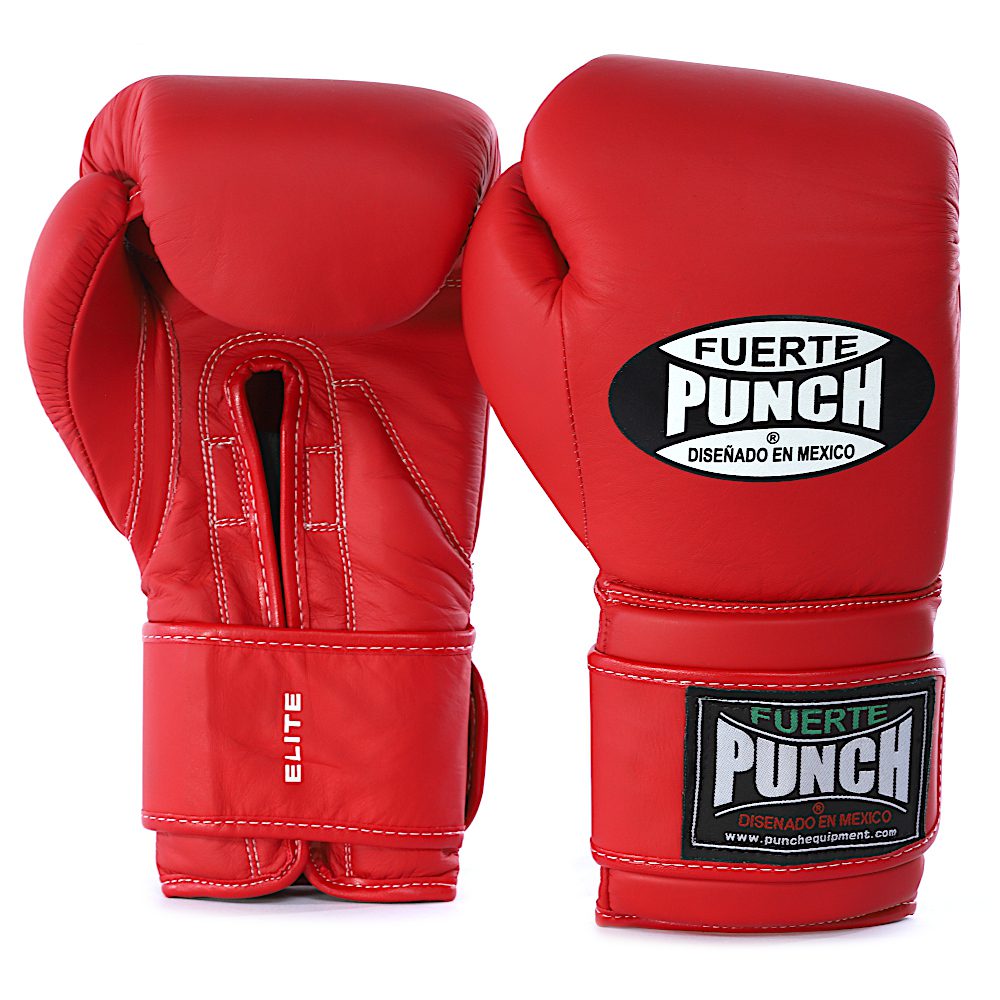
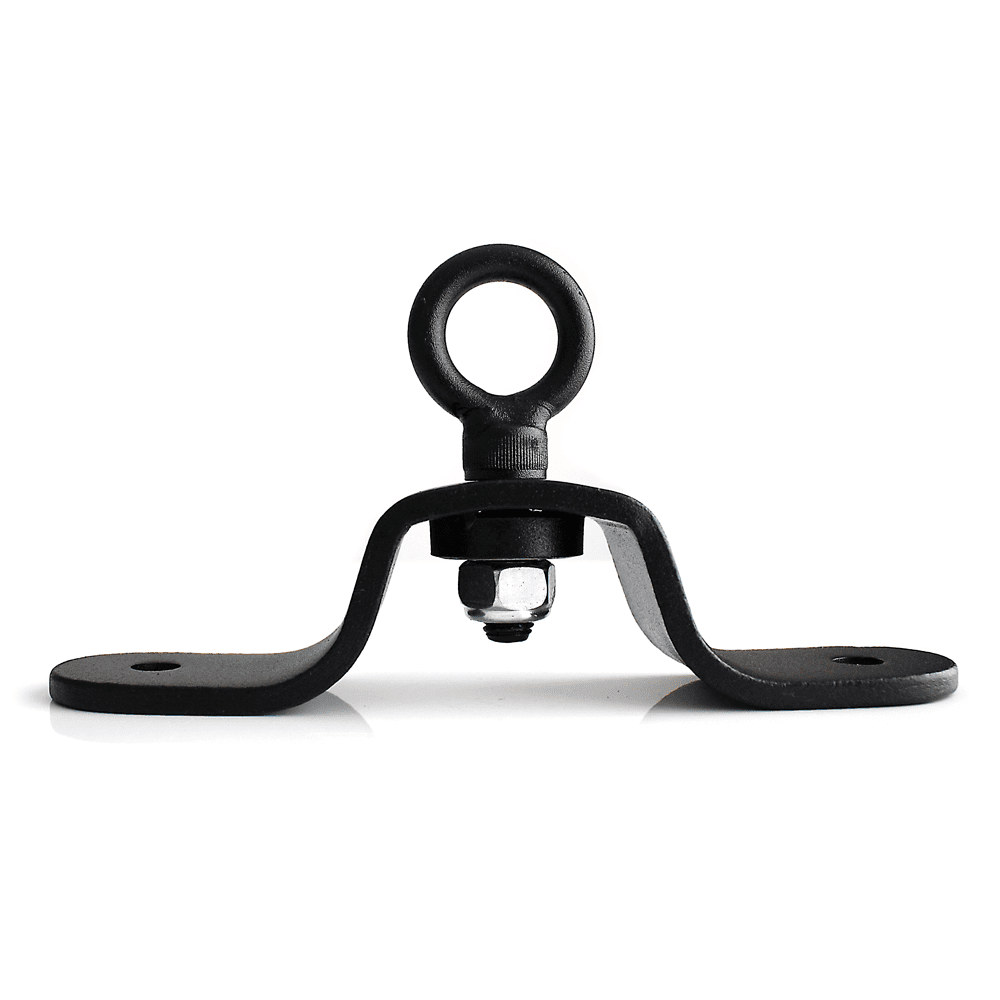
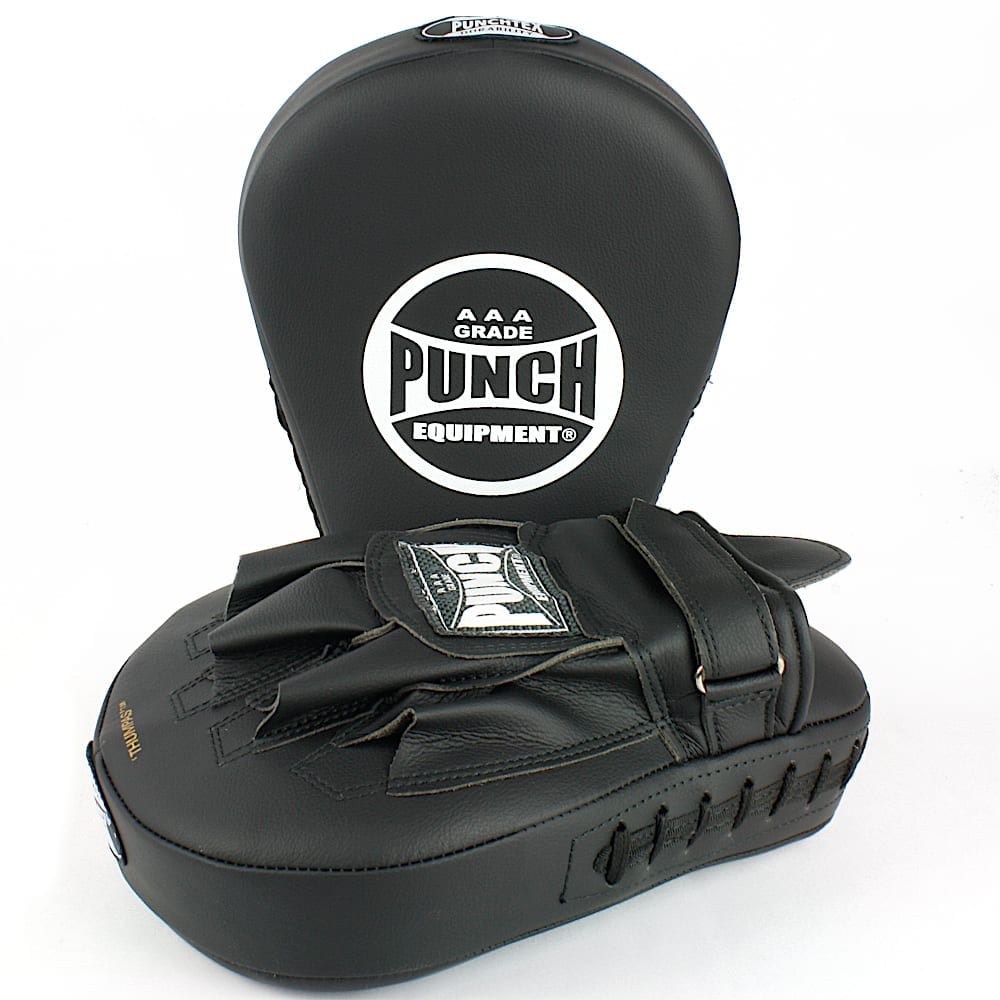
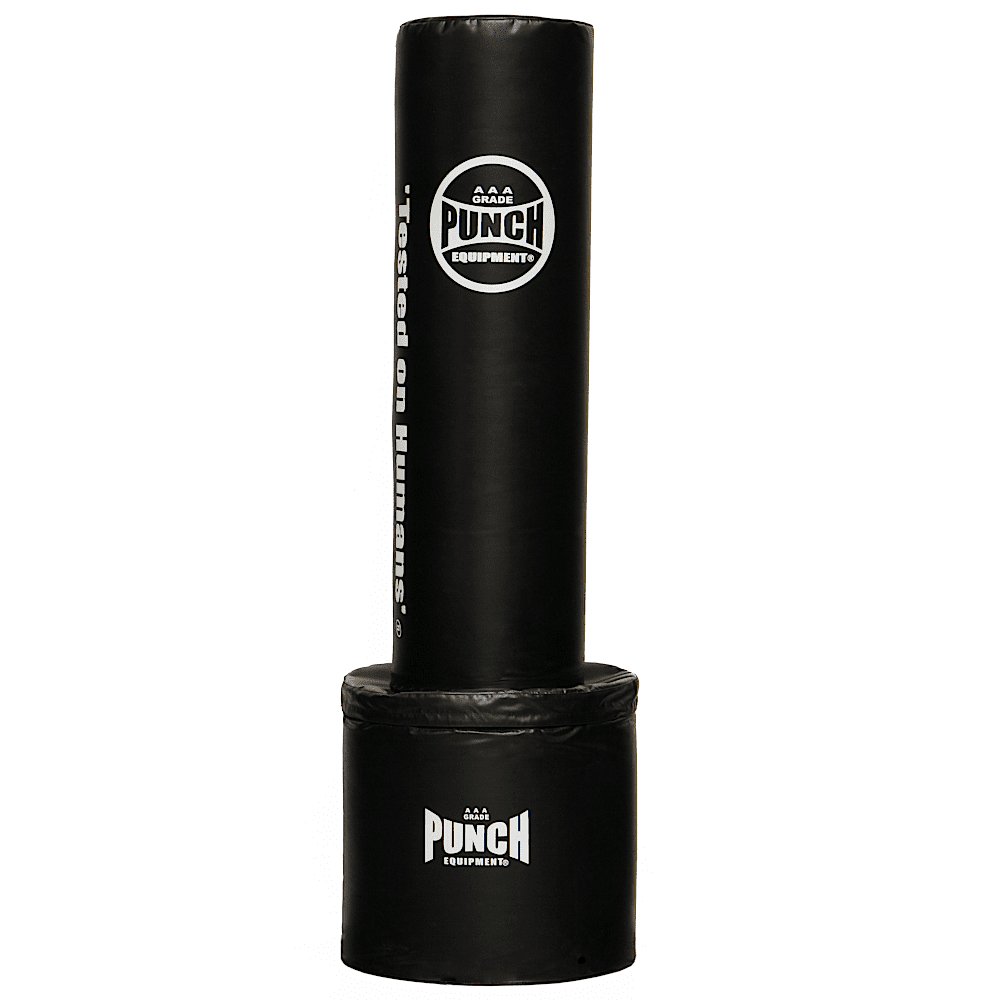
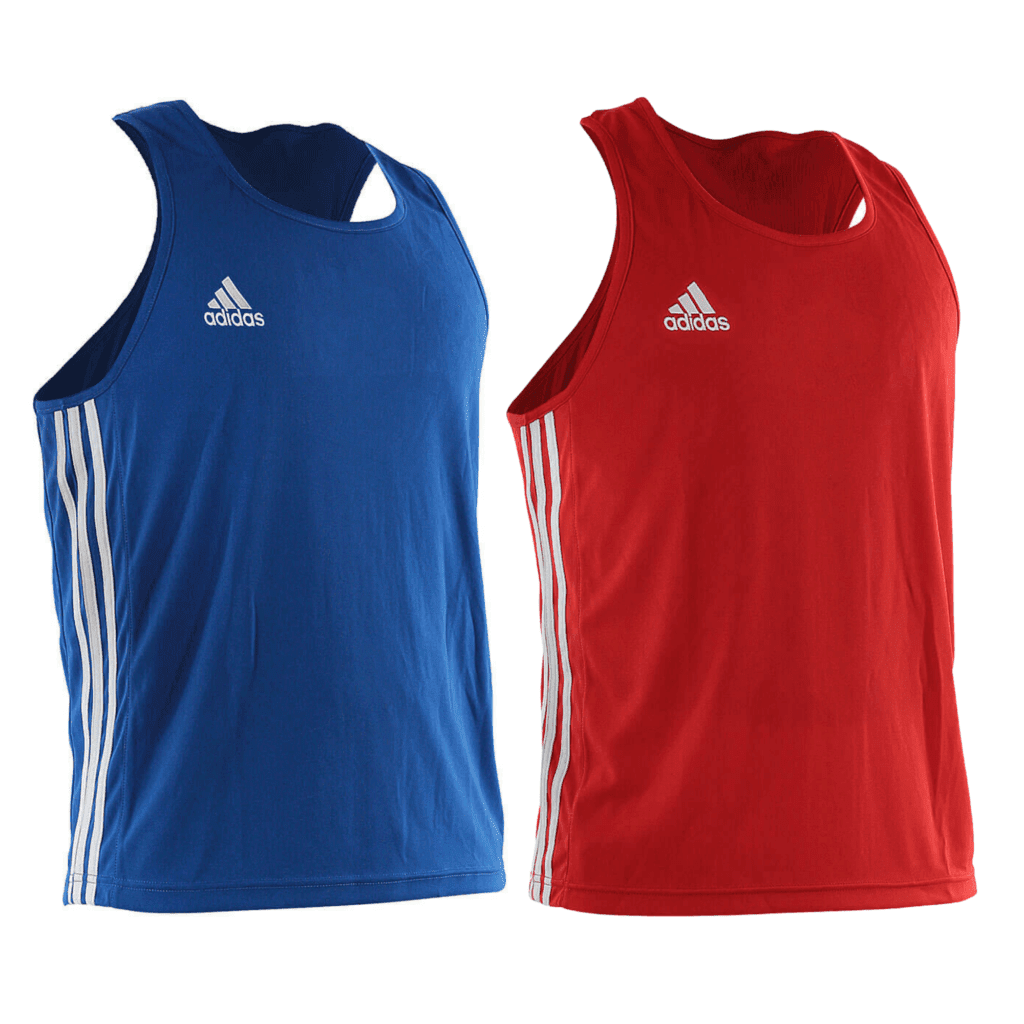
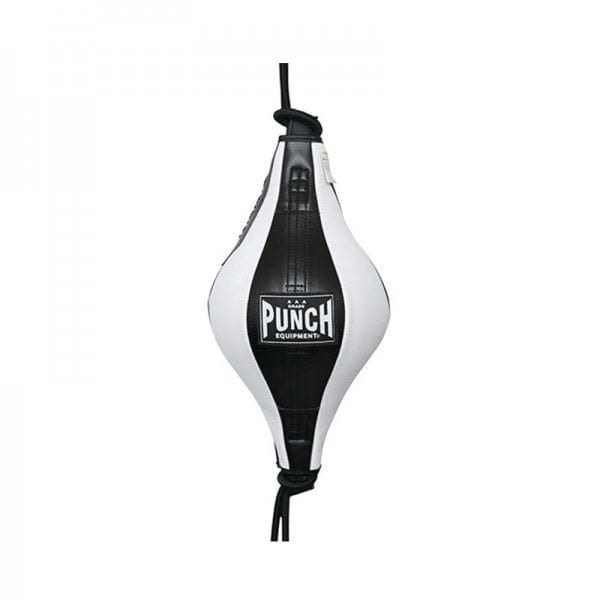
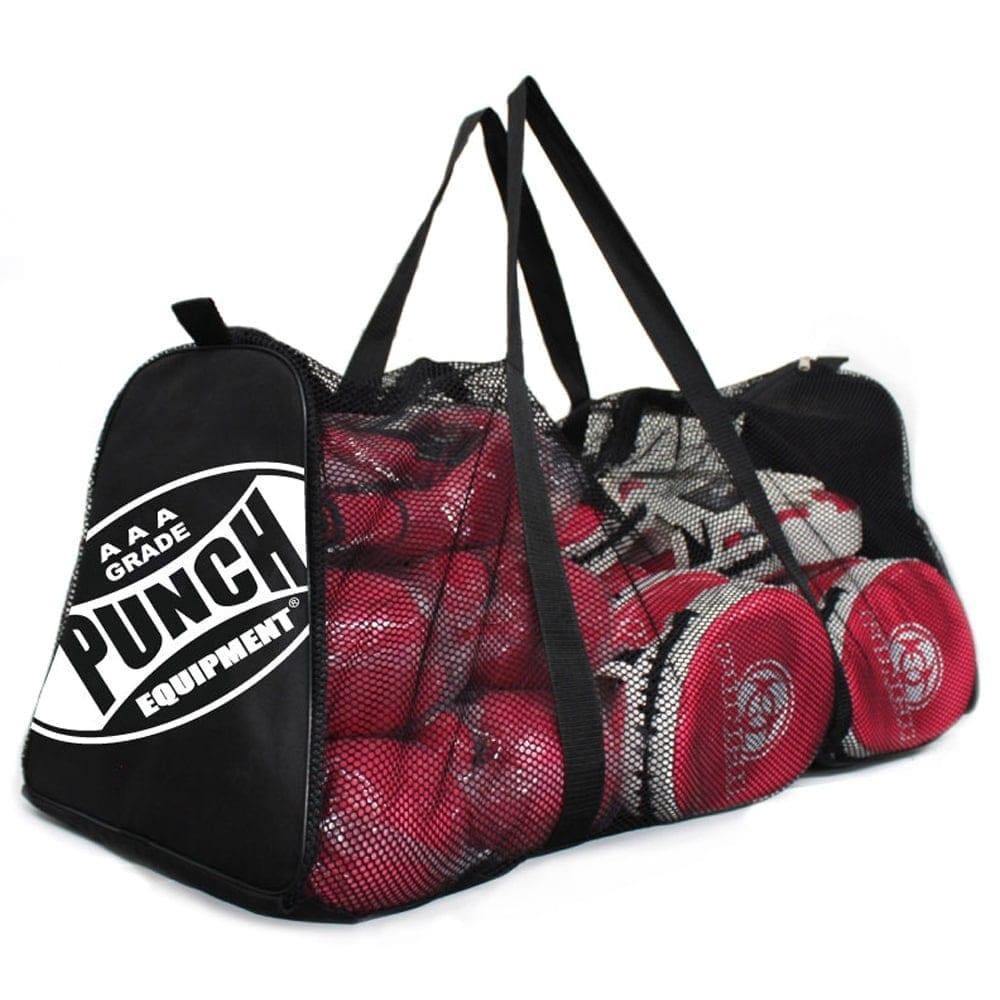
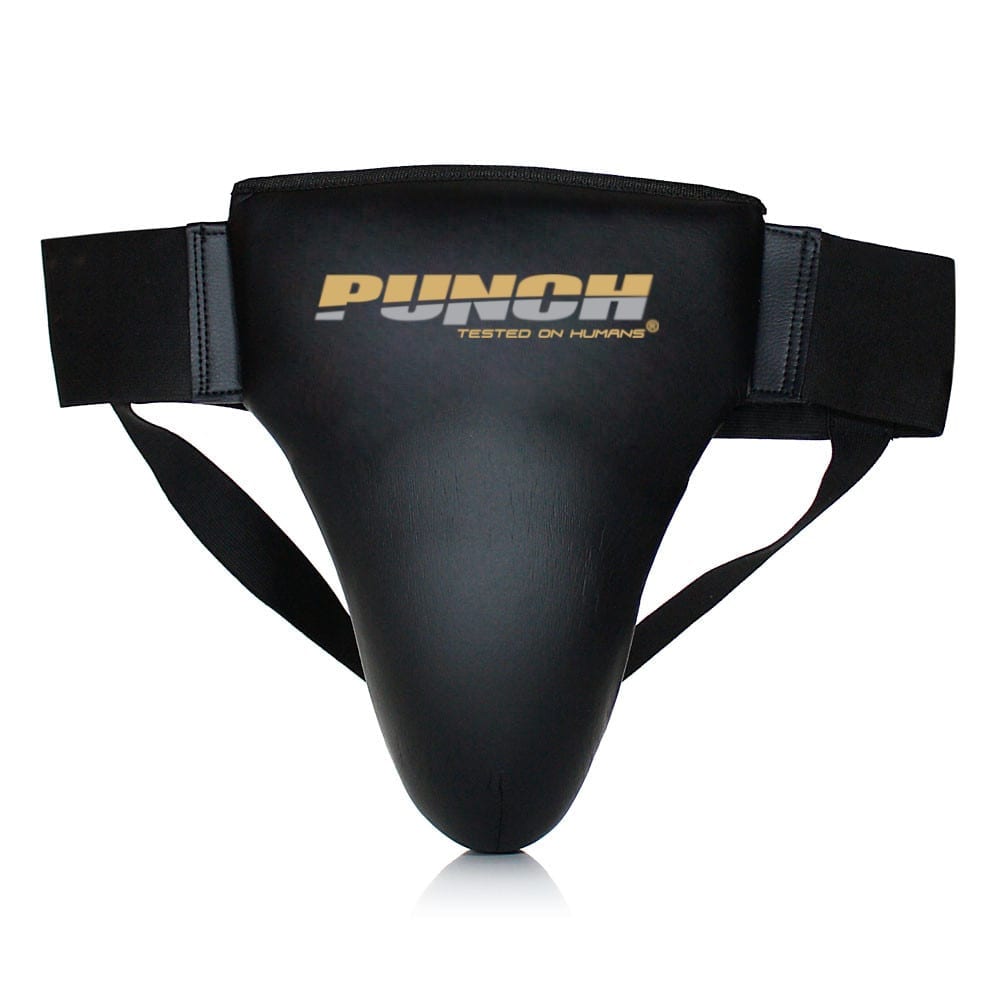
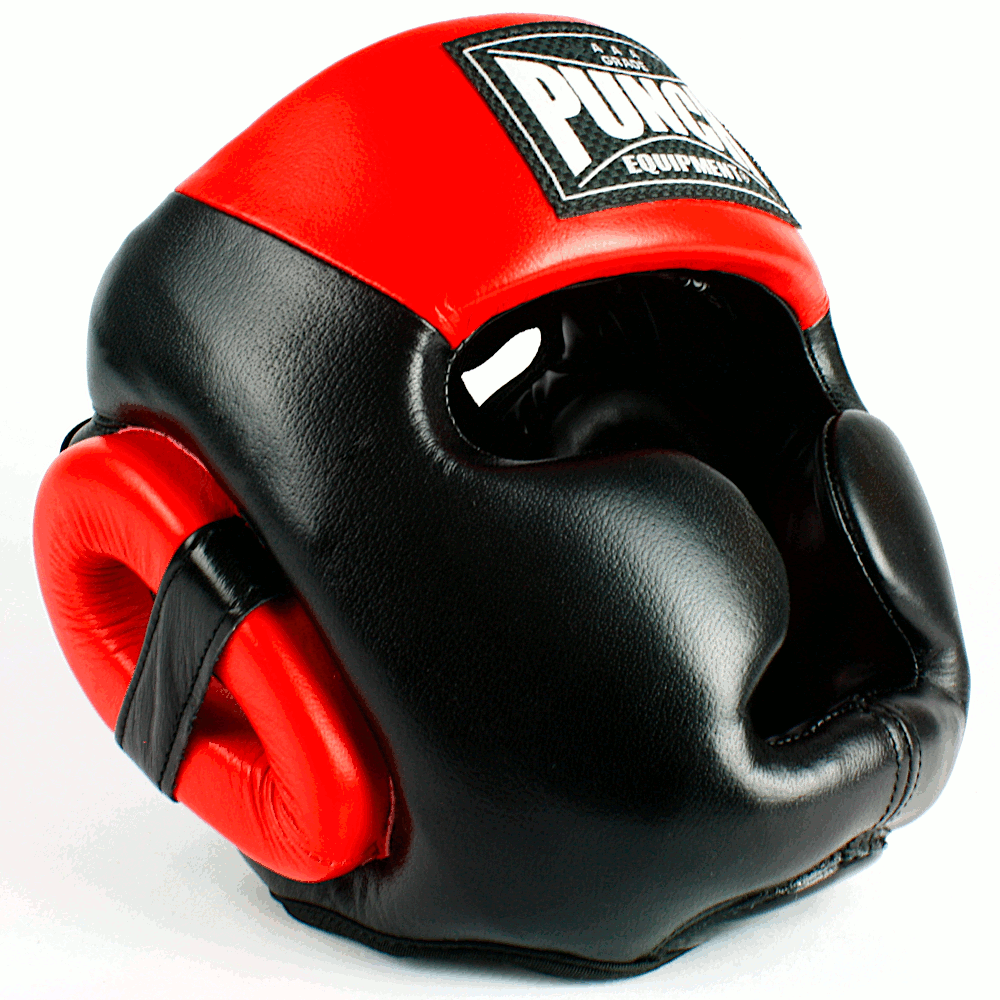
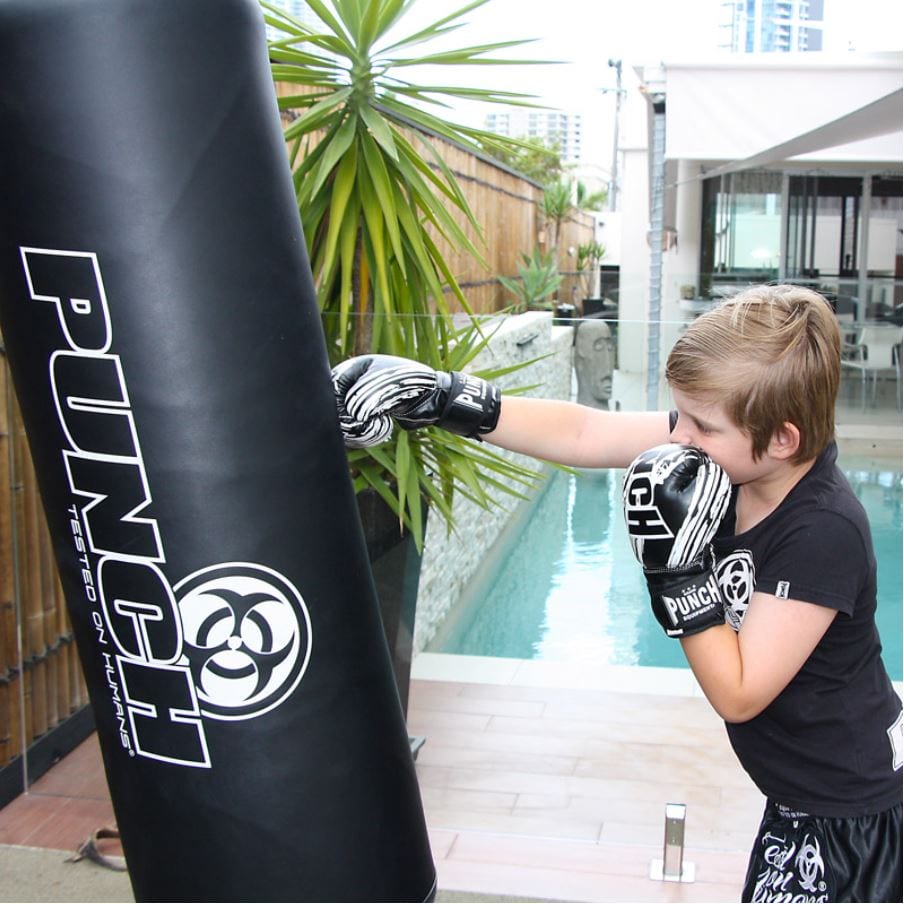
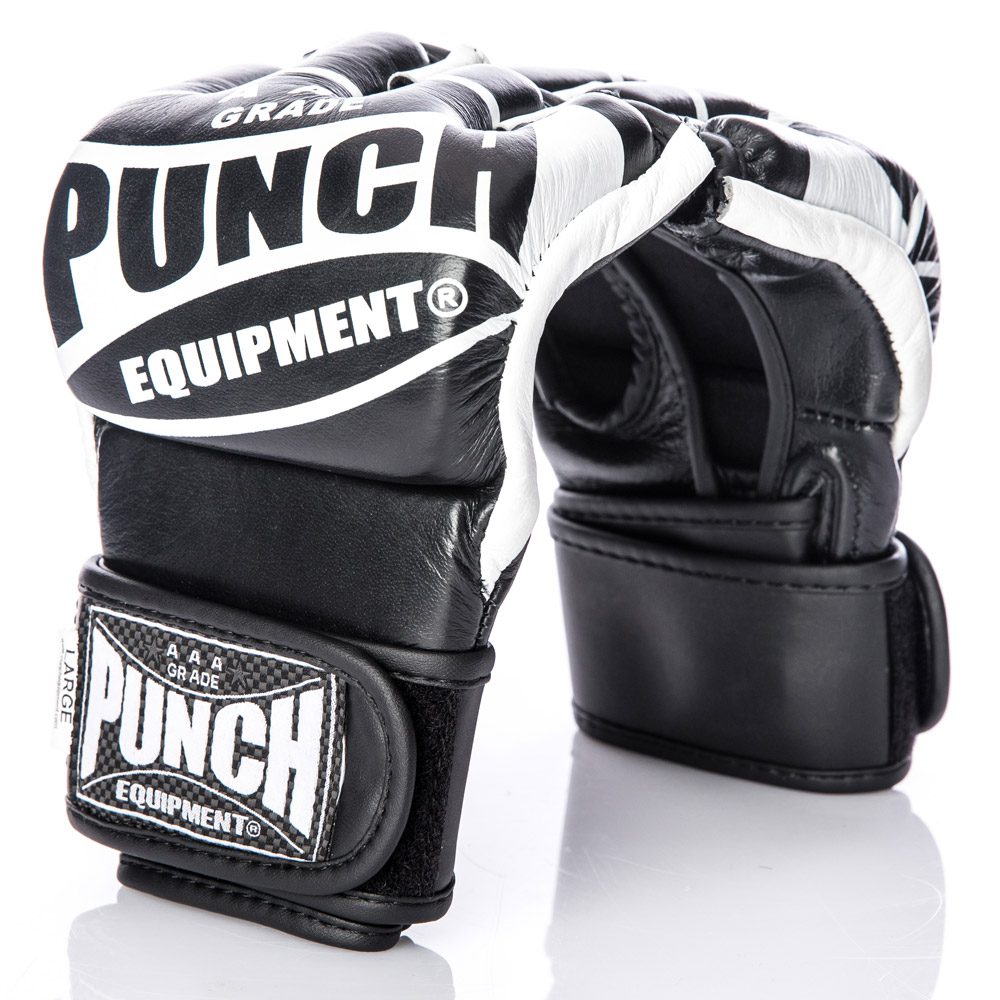
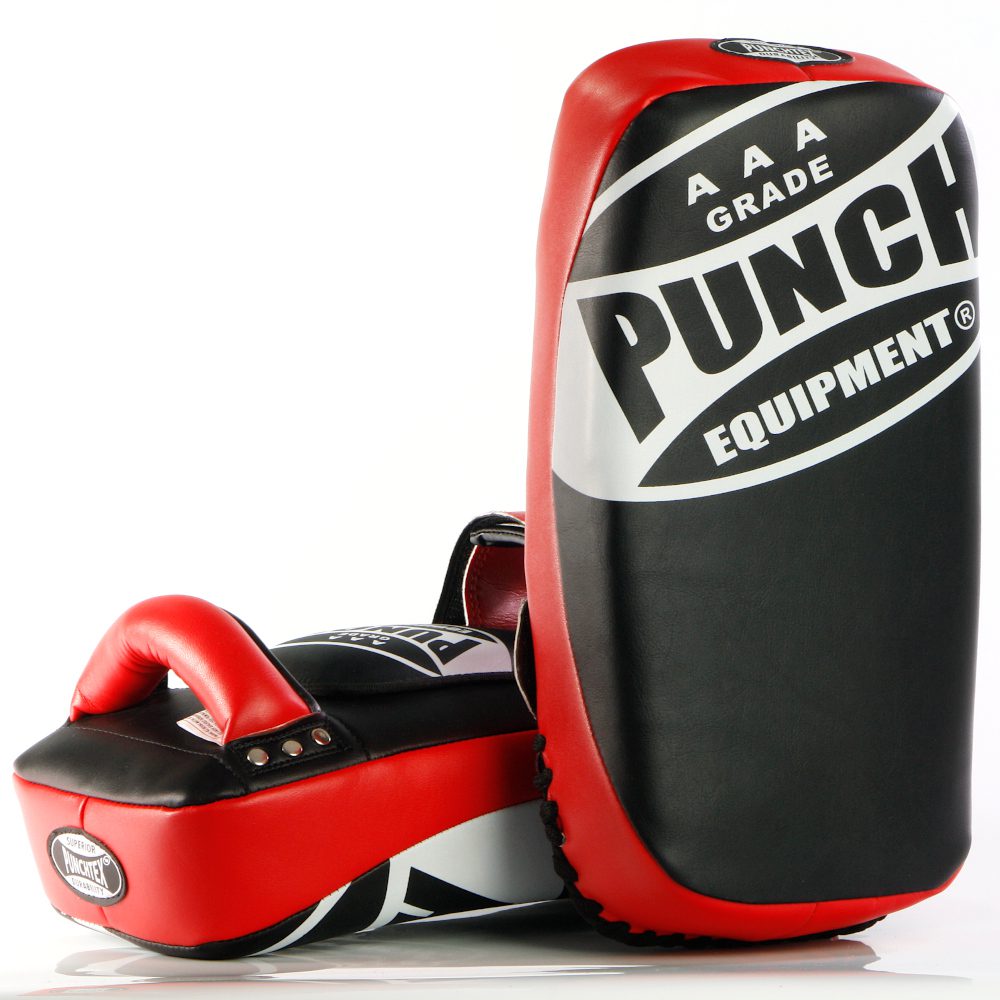


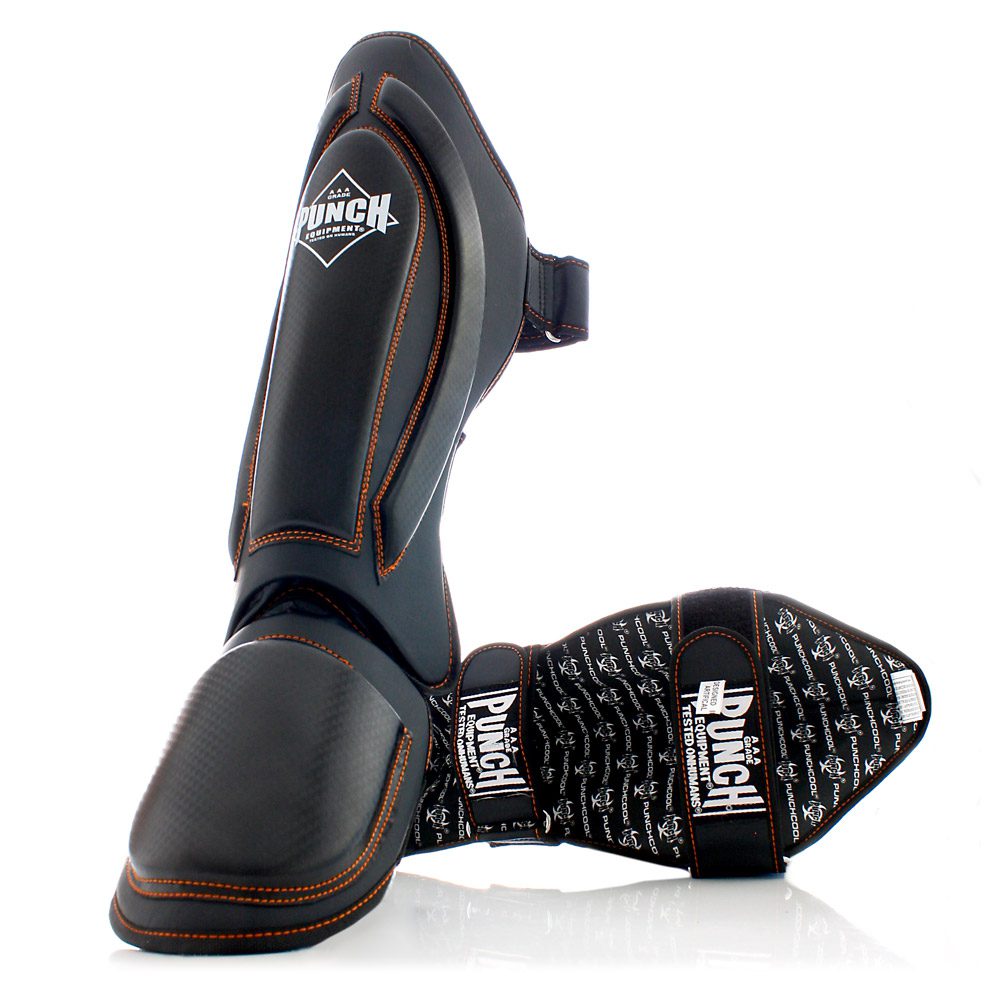
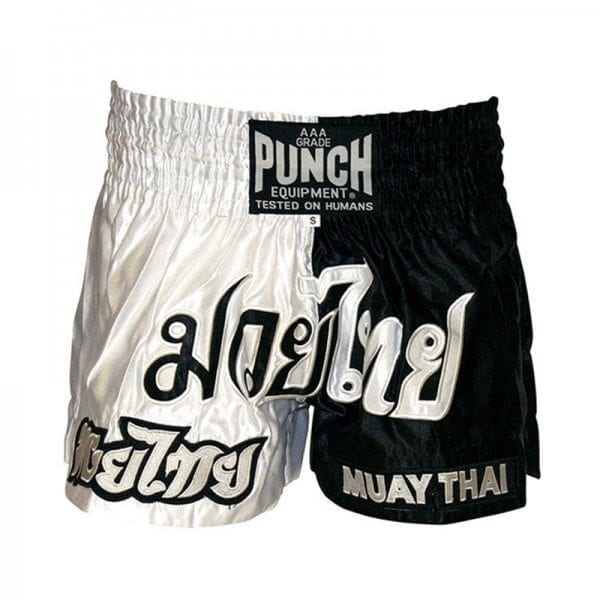


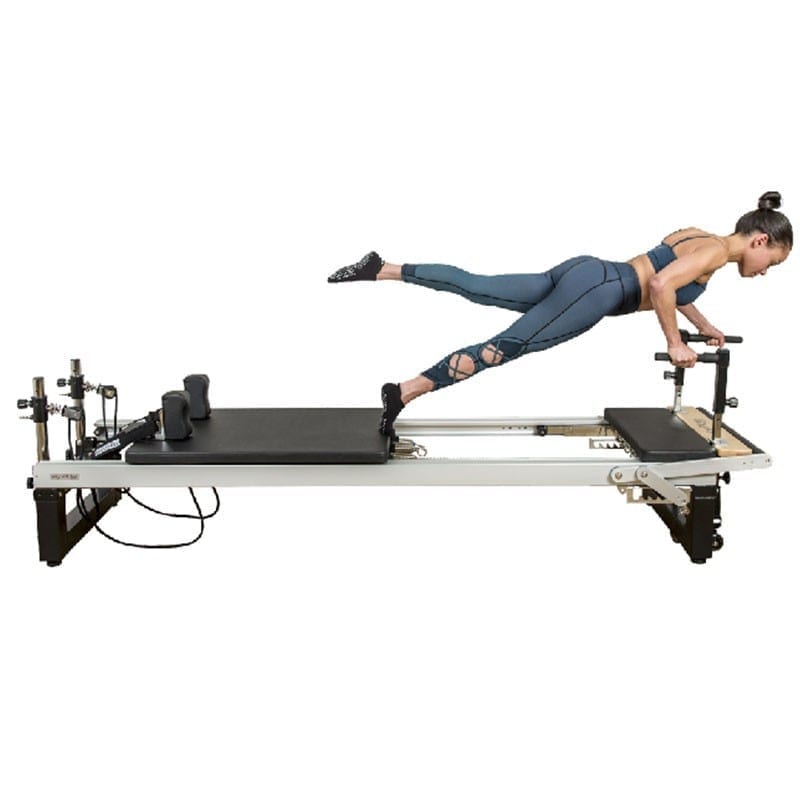

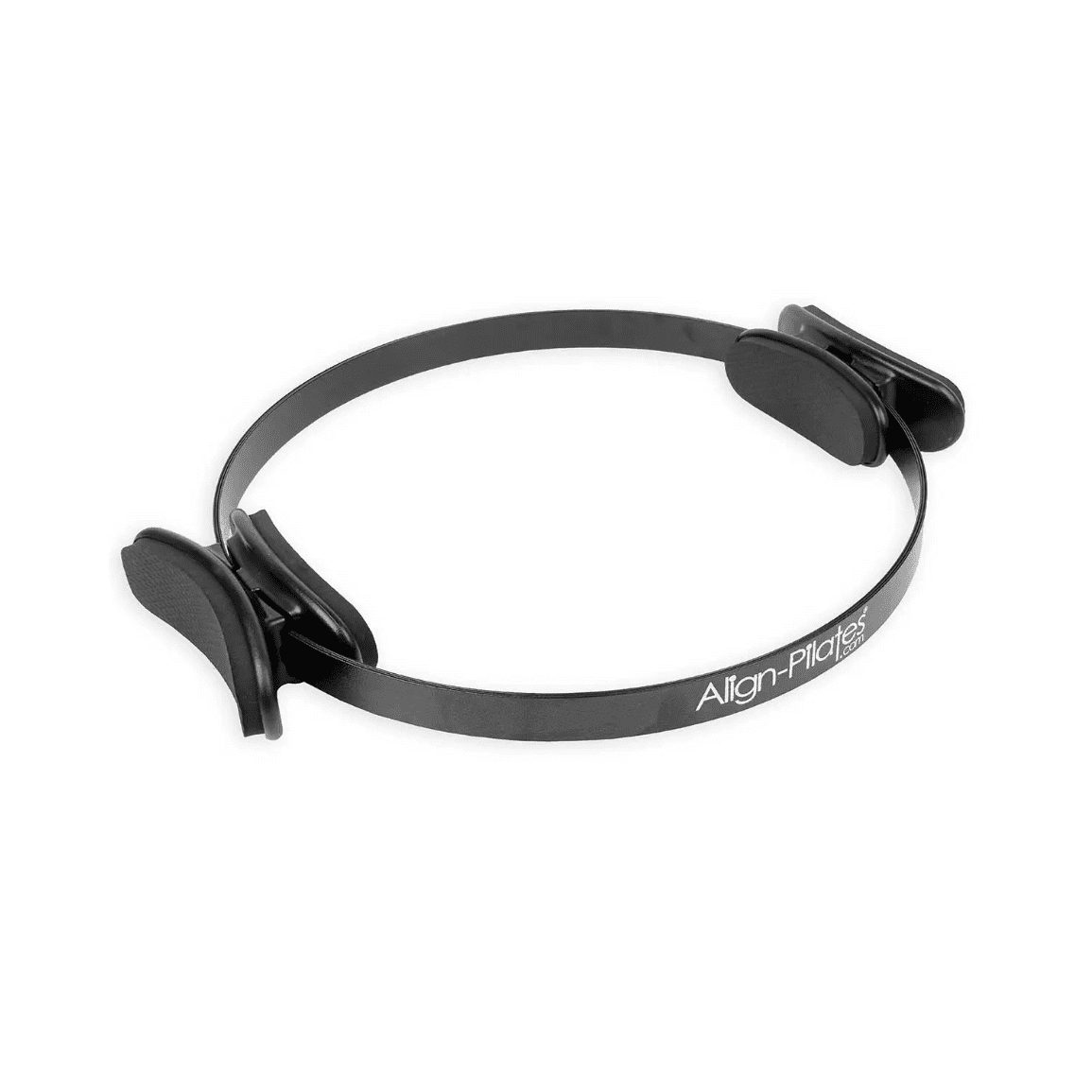


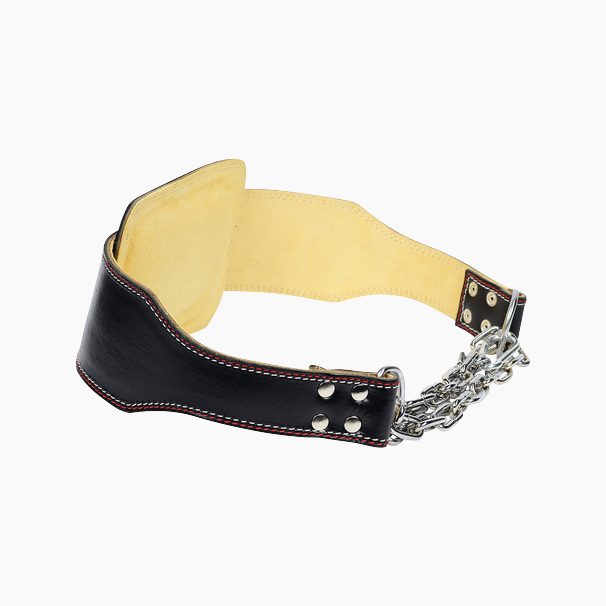

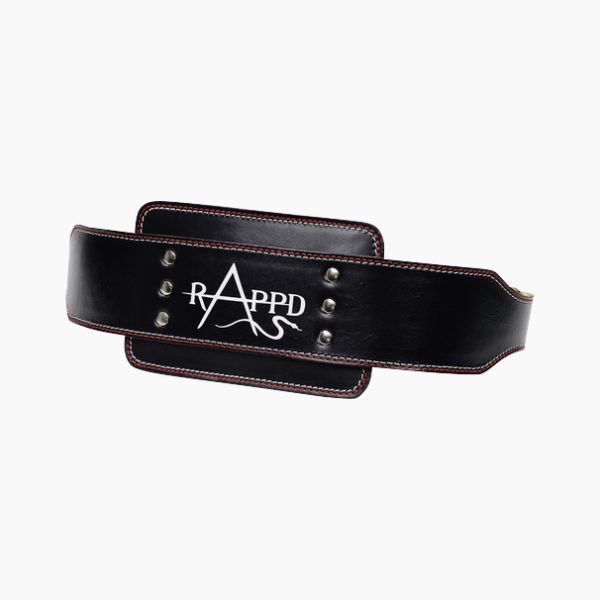
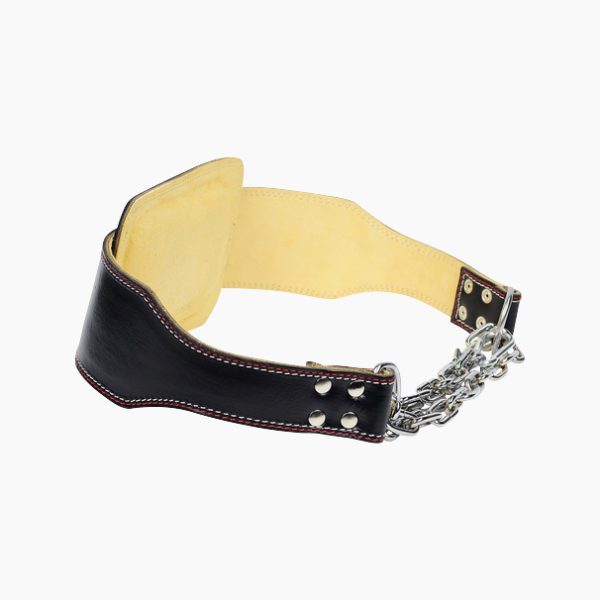
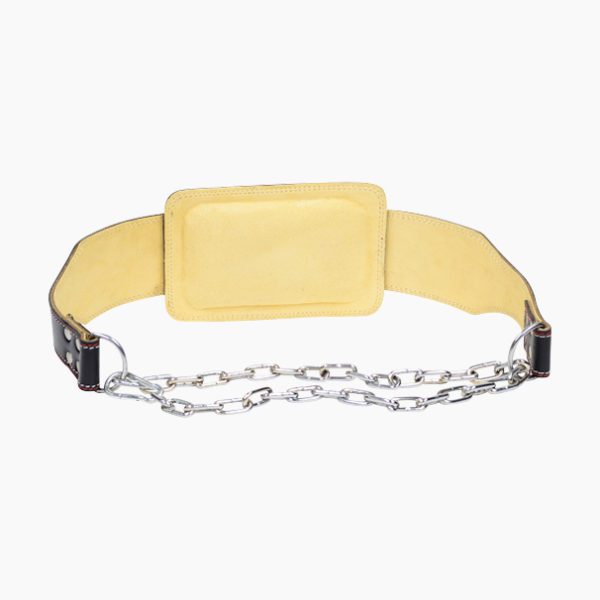
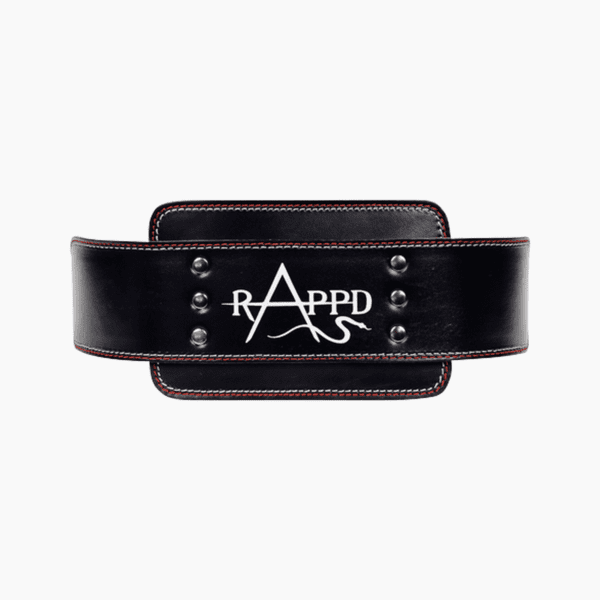

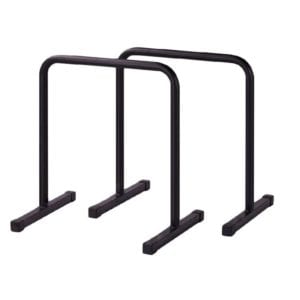
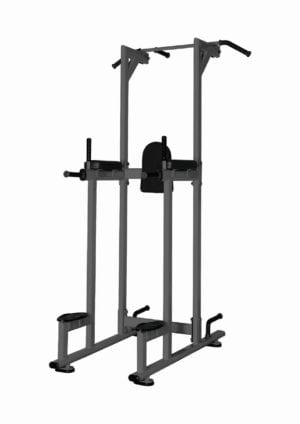
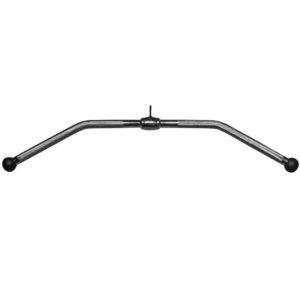
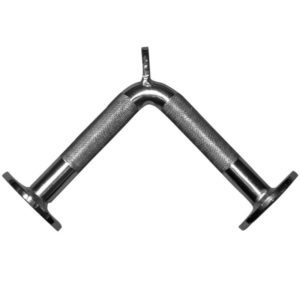
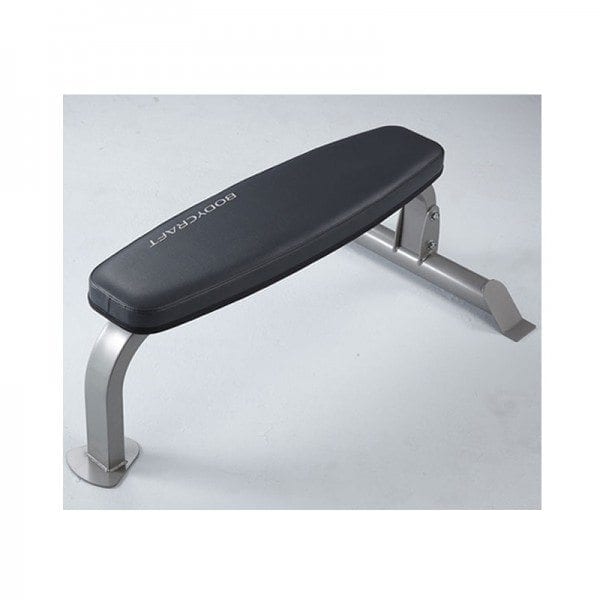
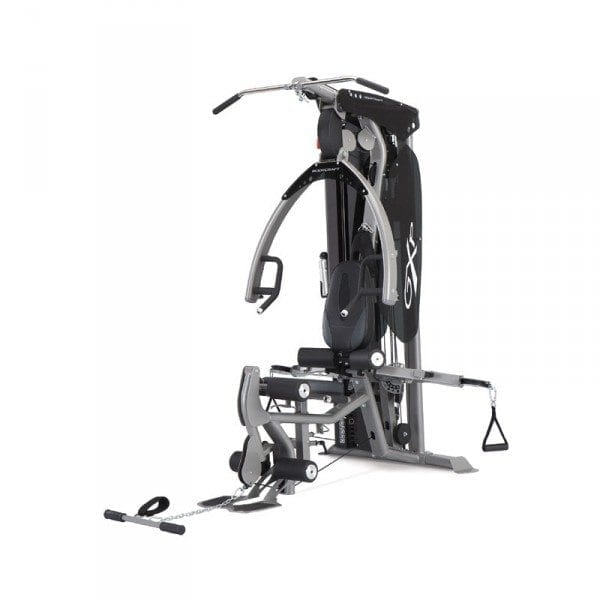
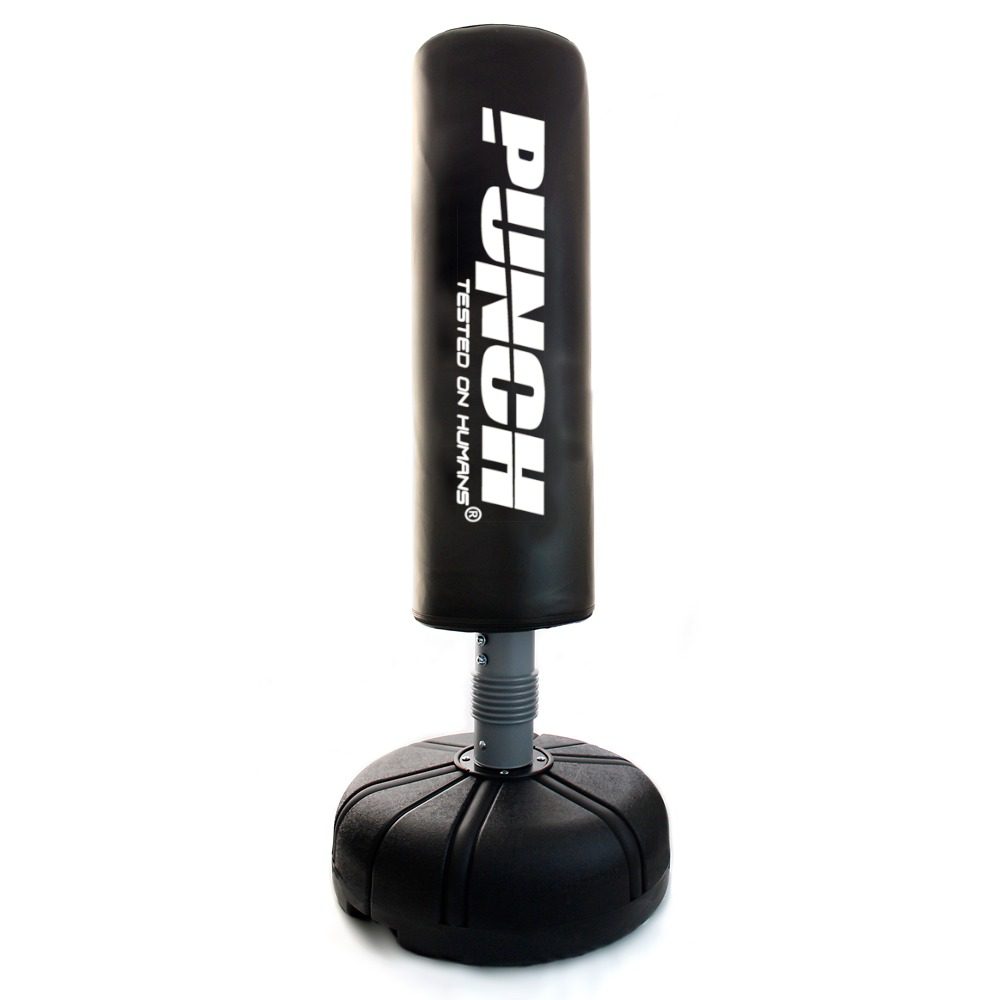
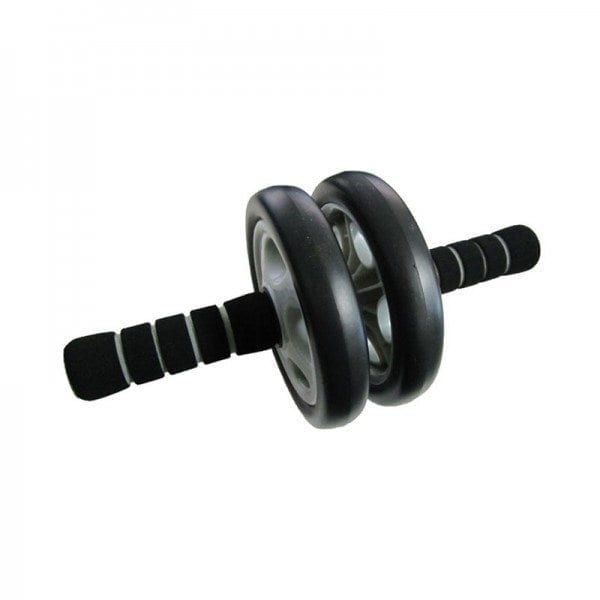
















Reviews
There are no reviews yet.